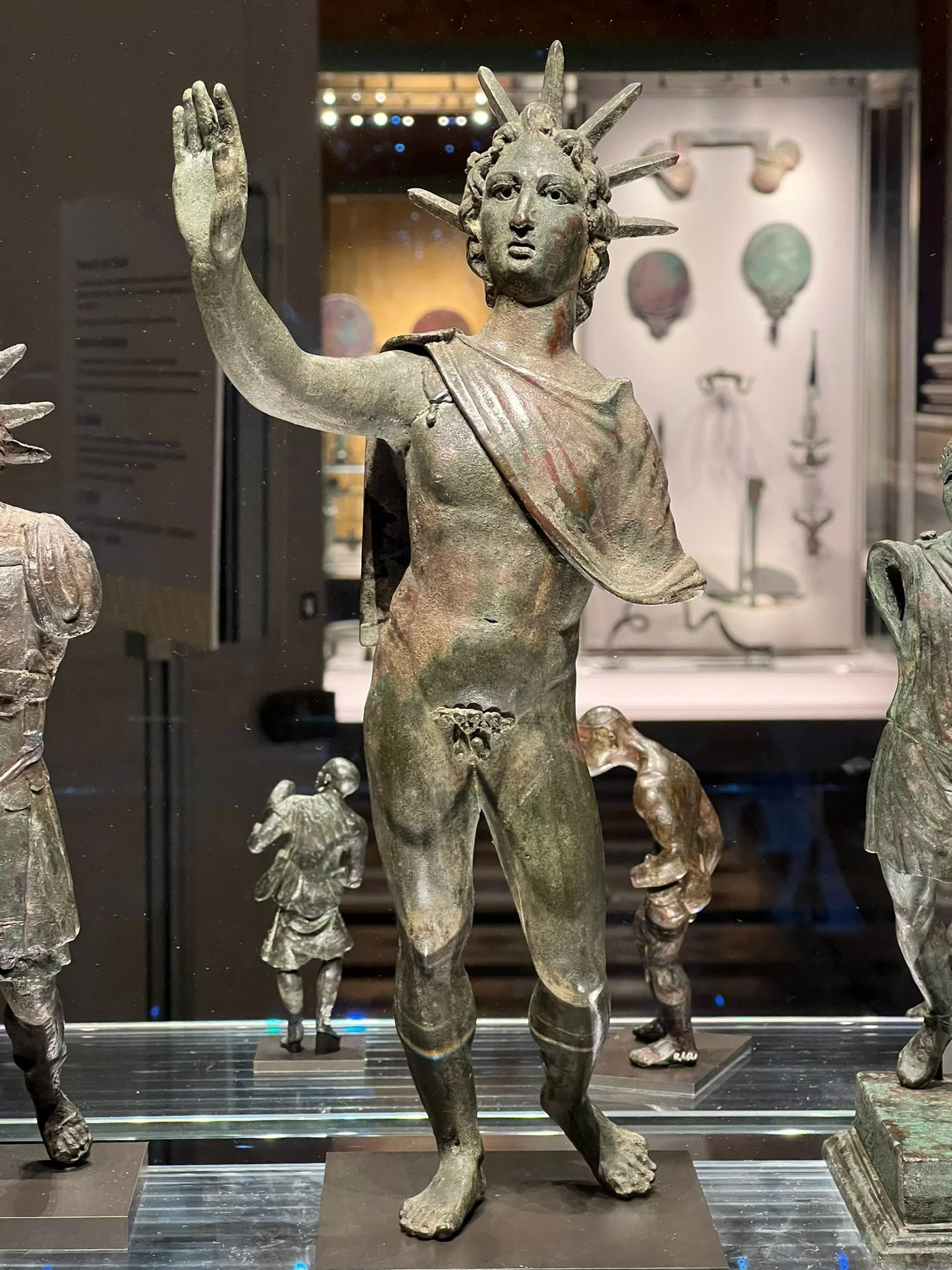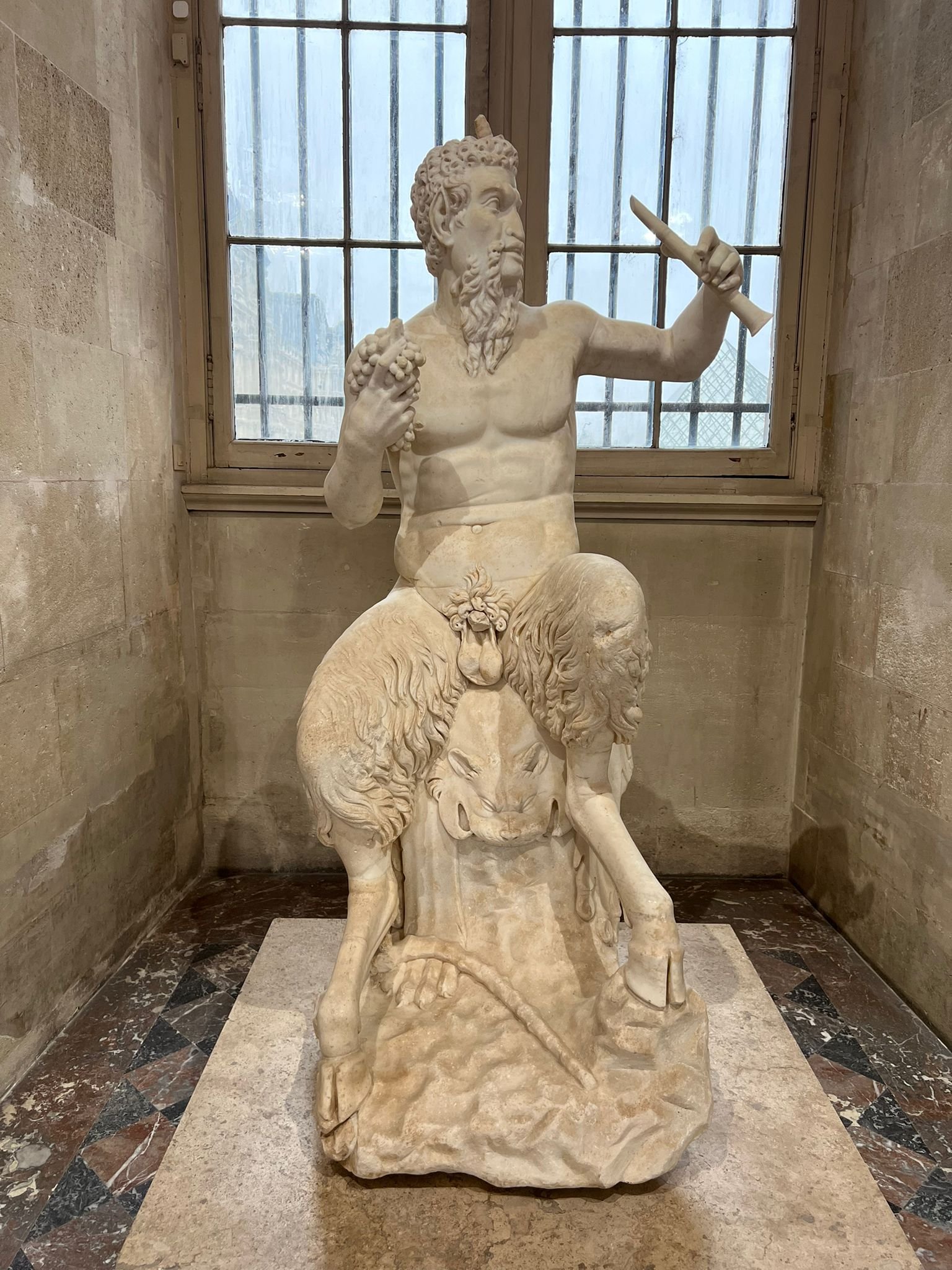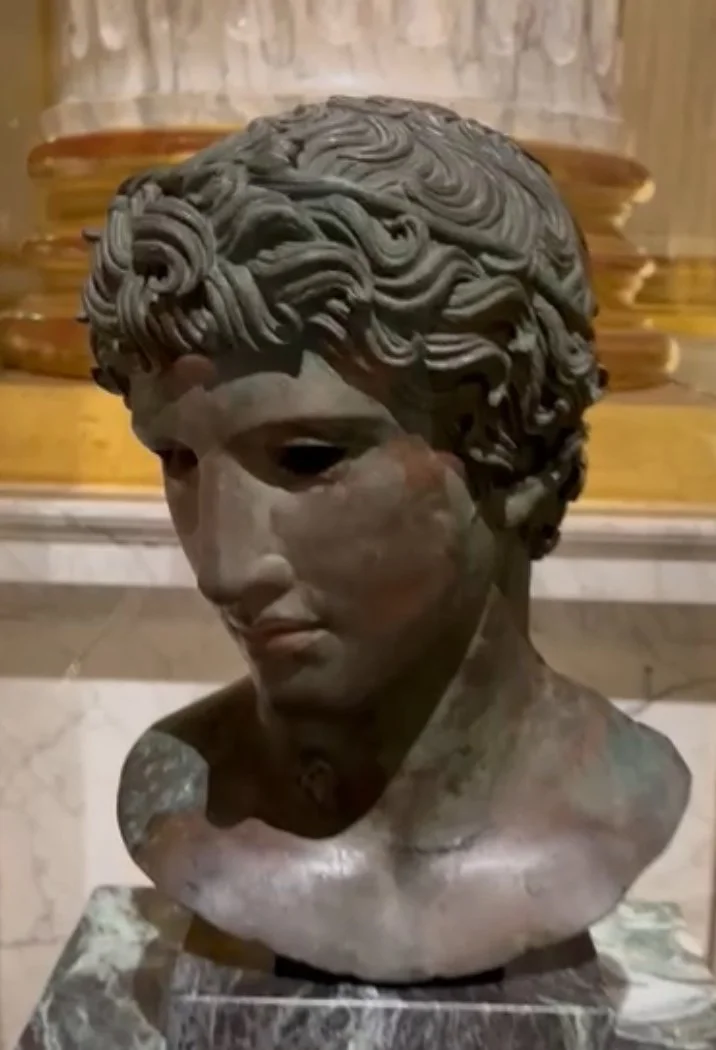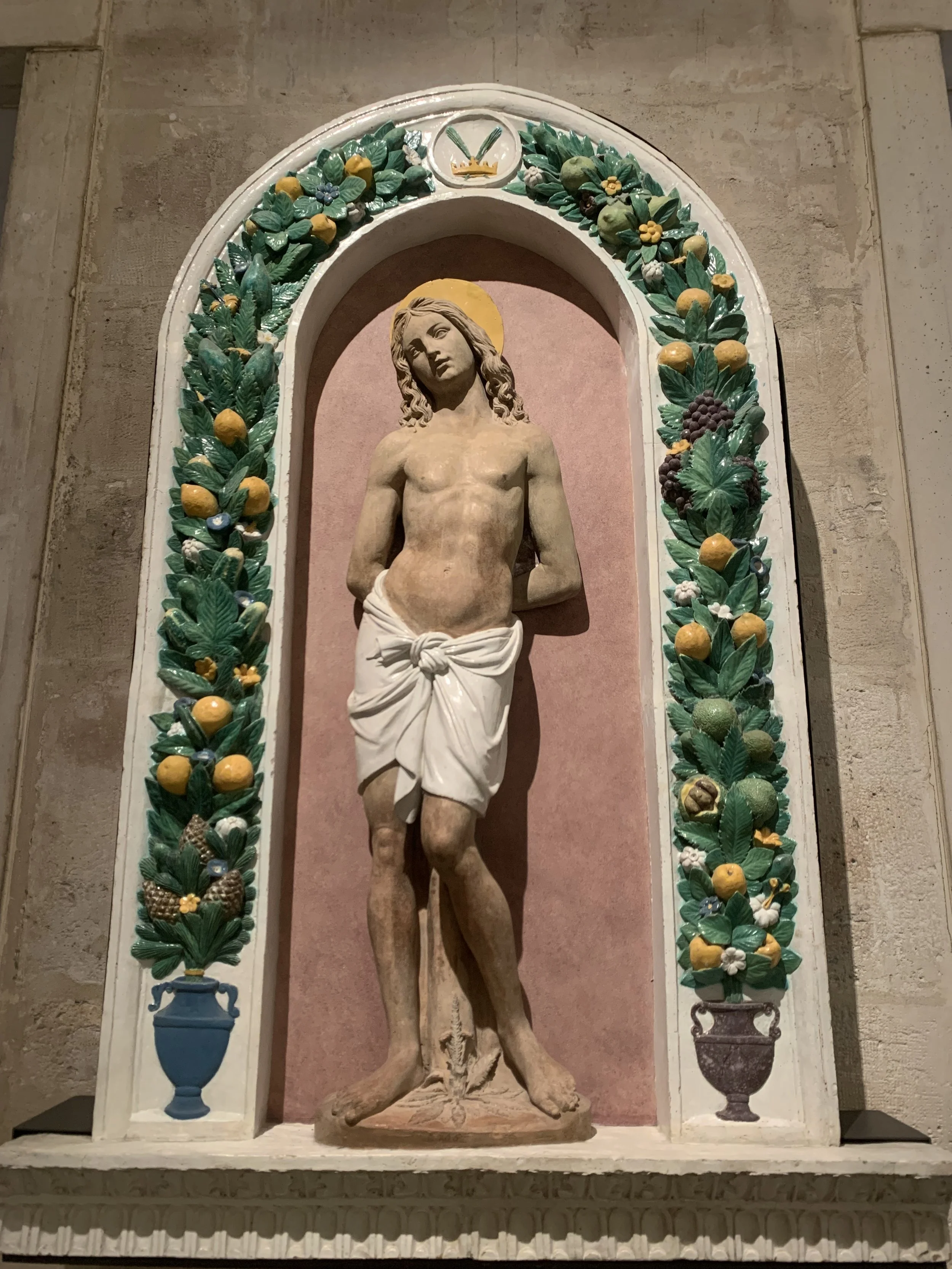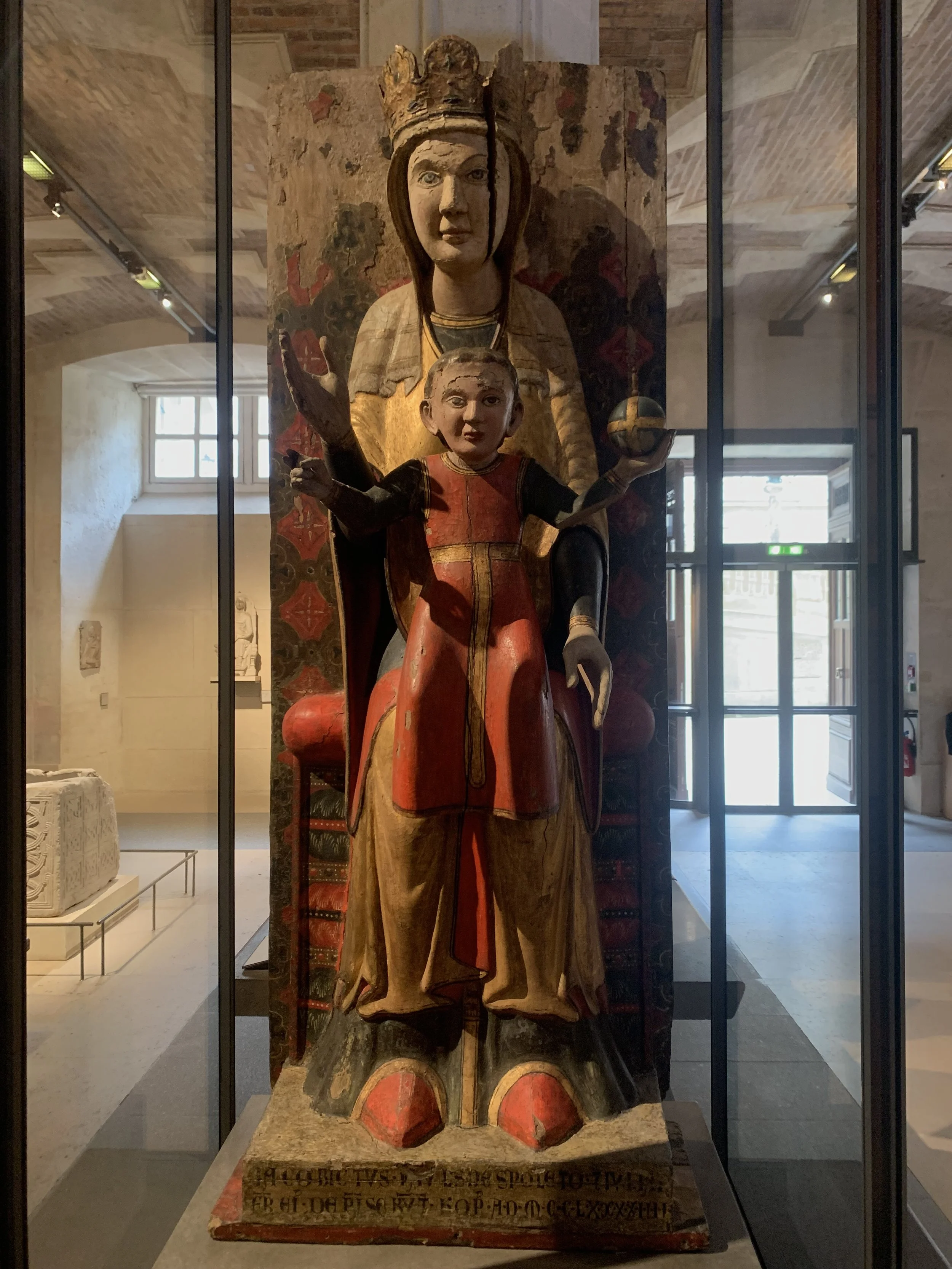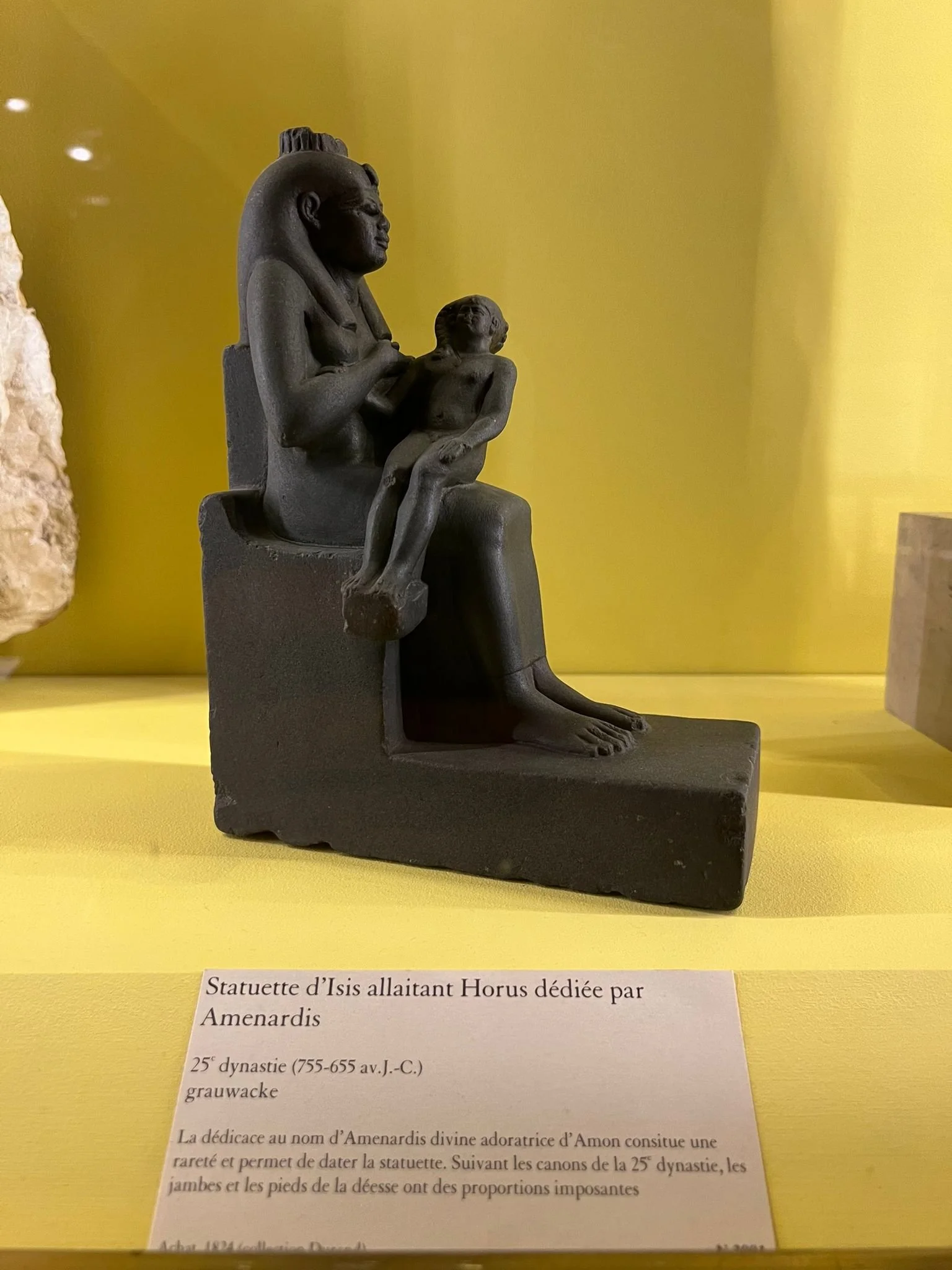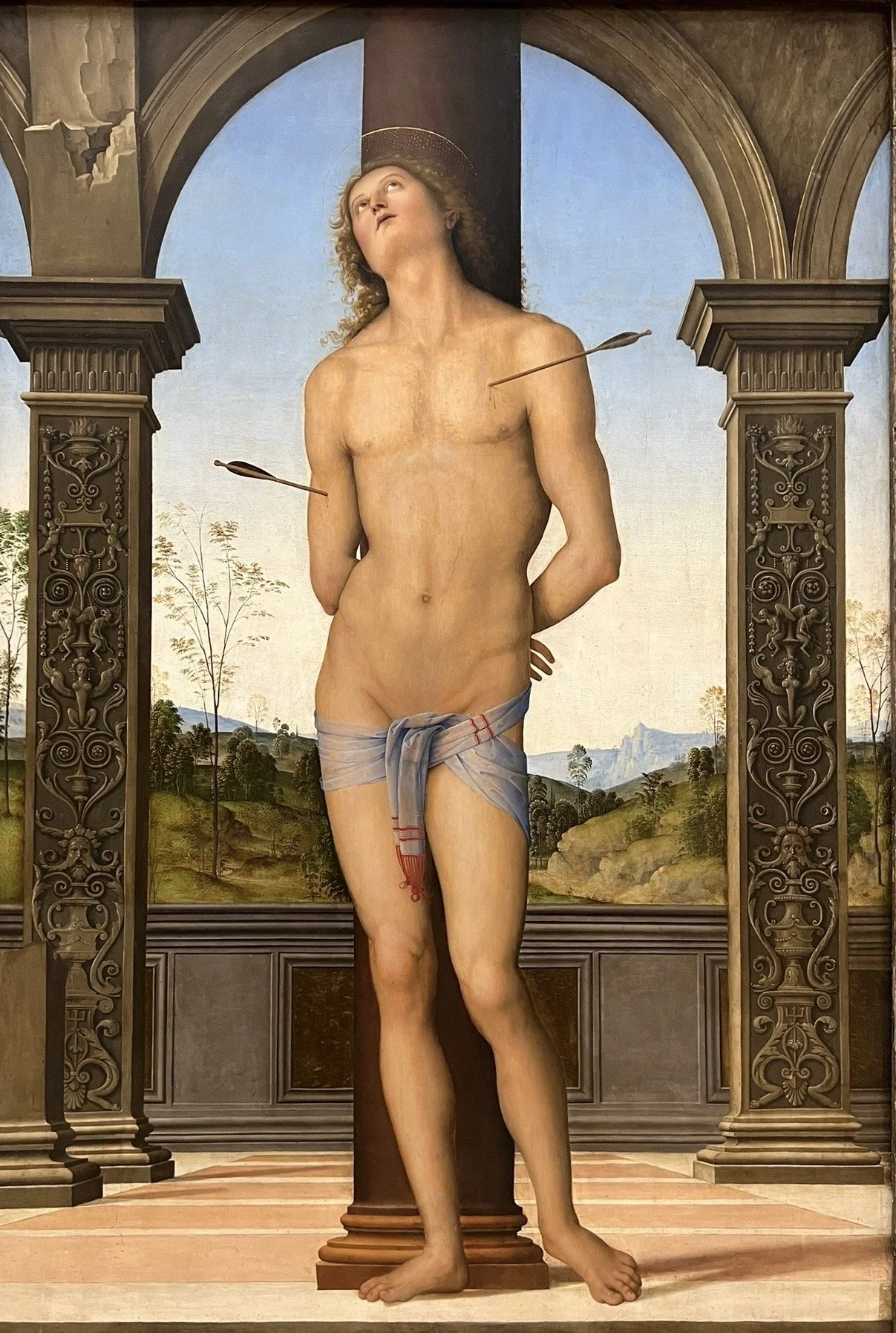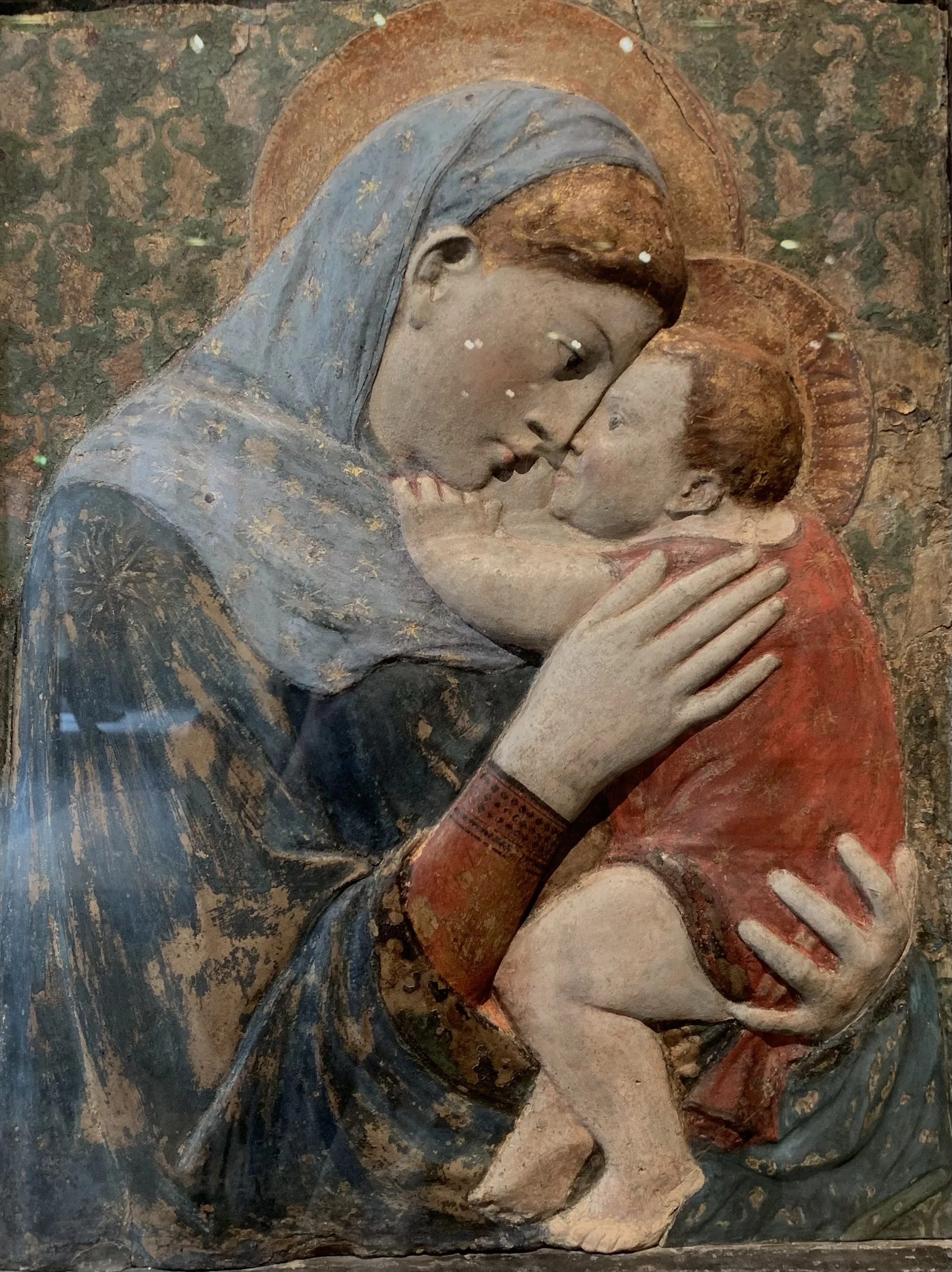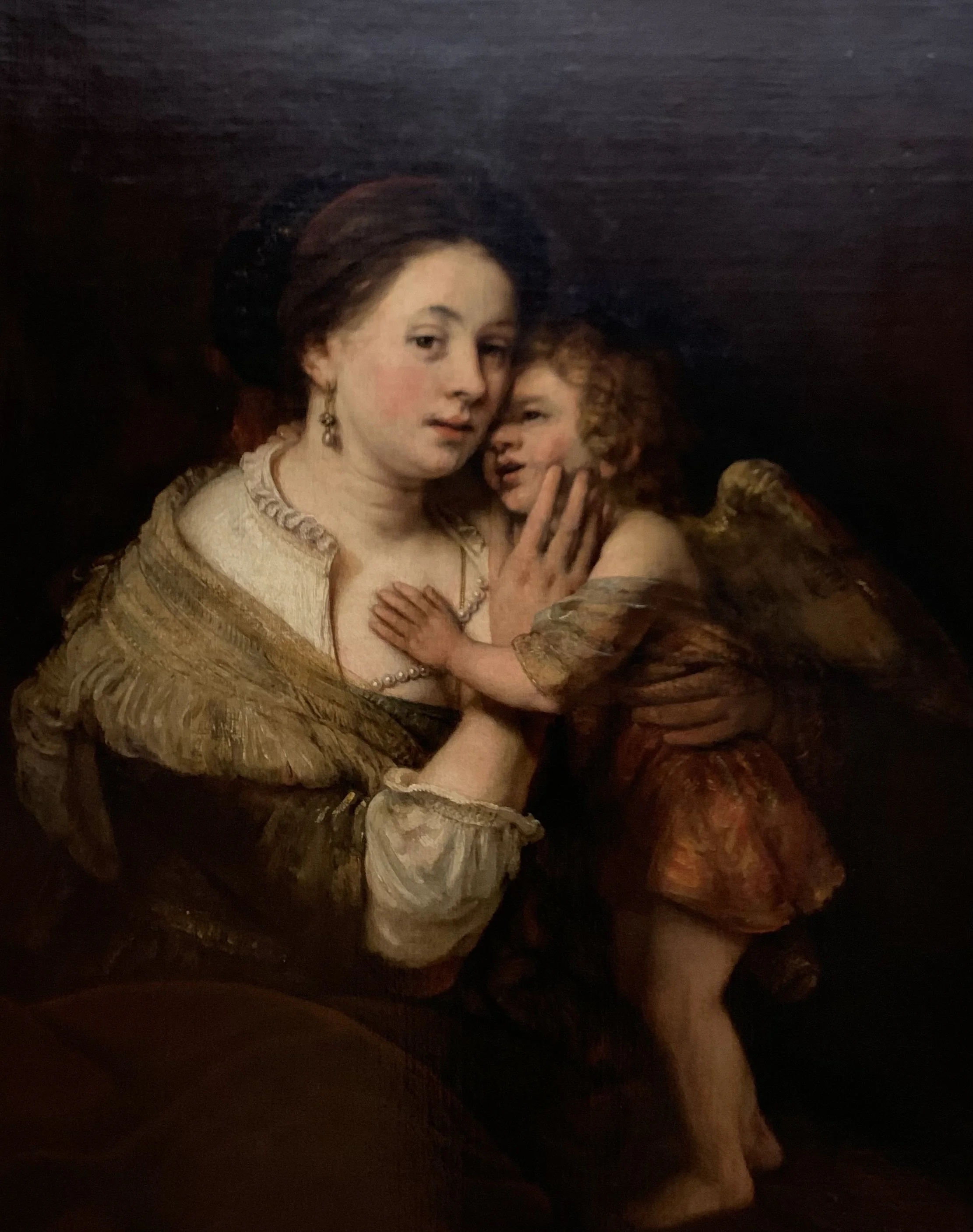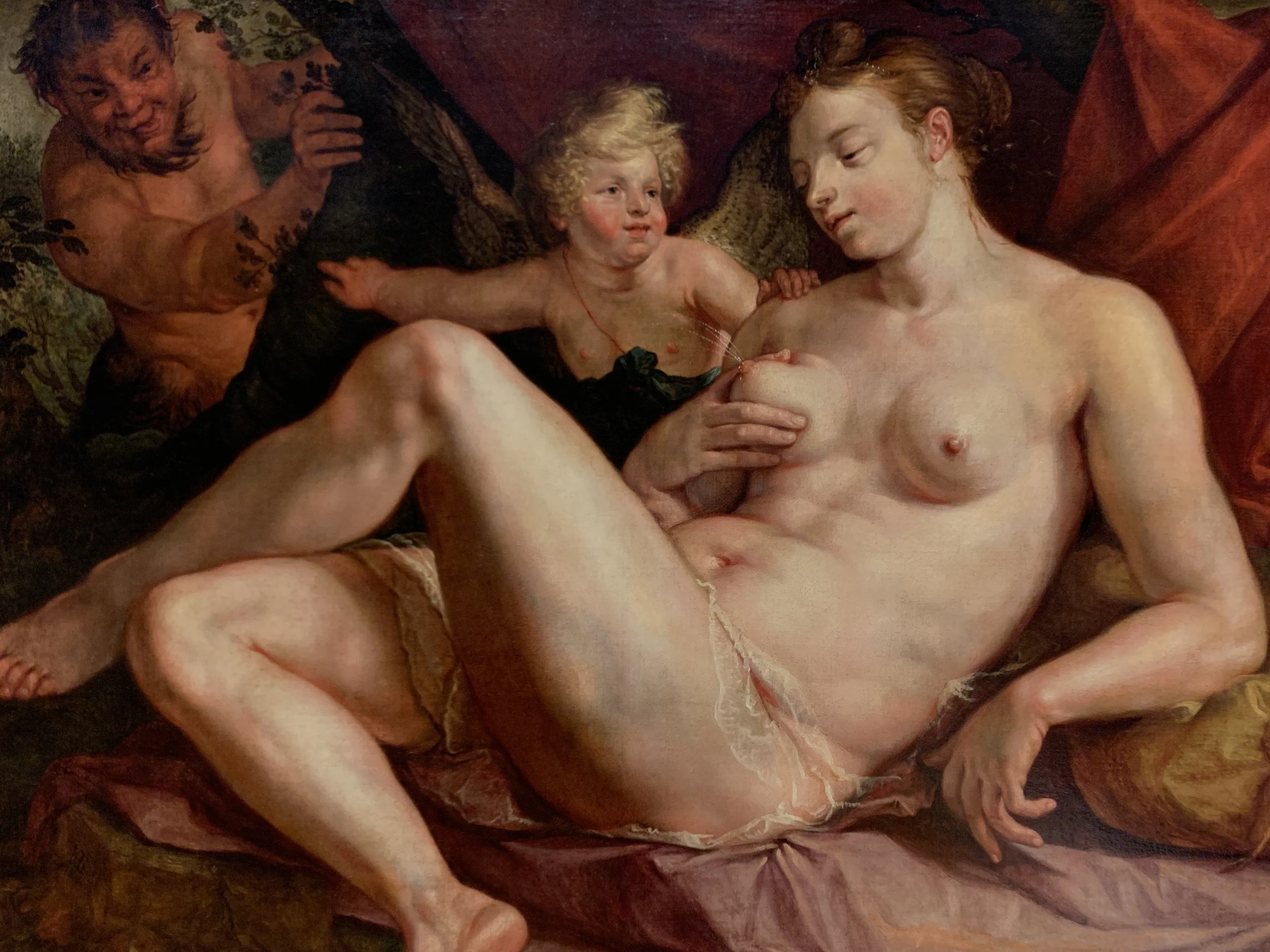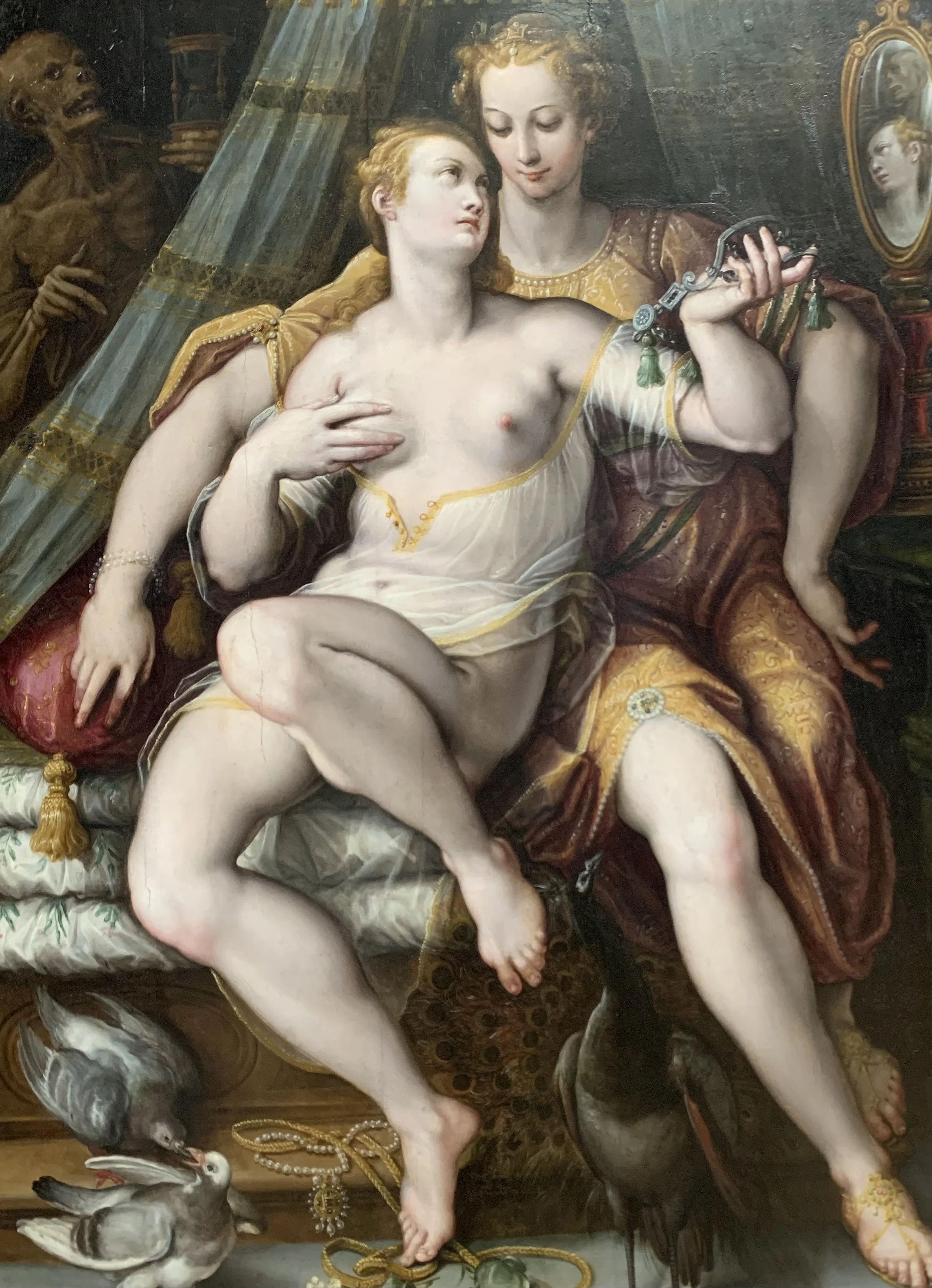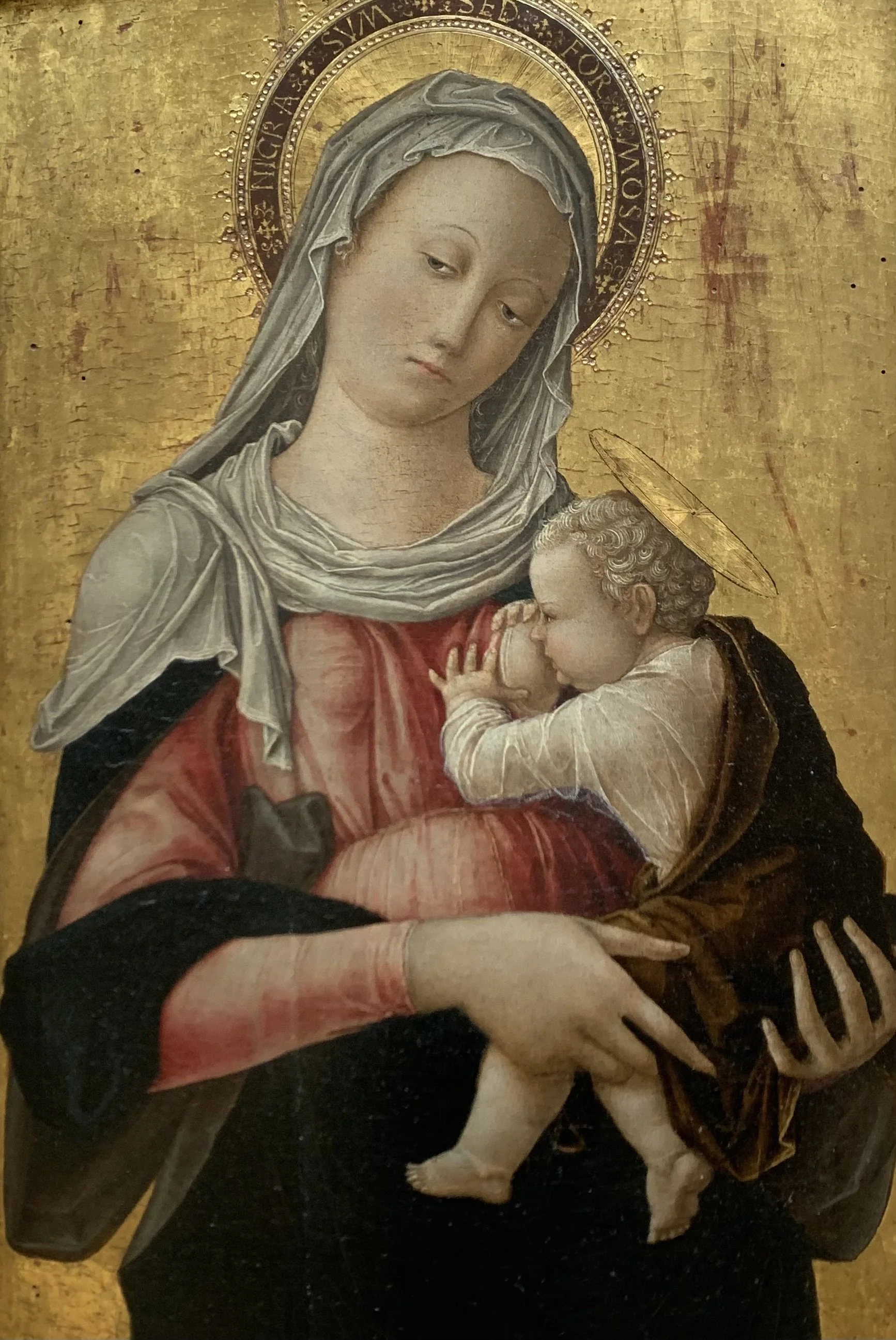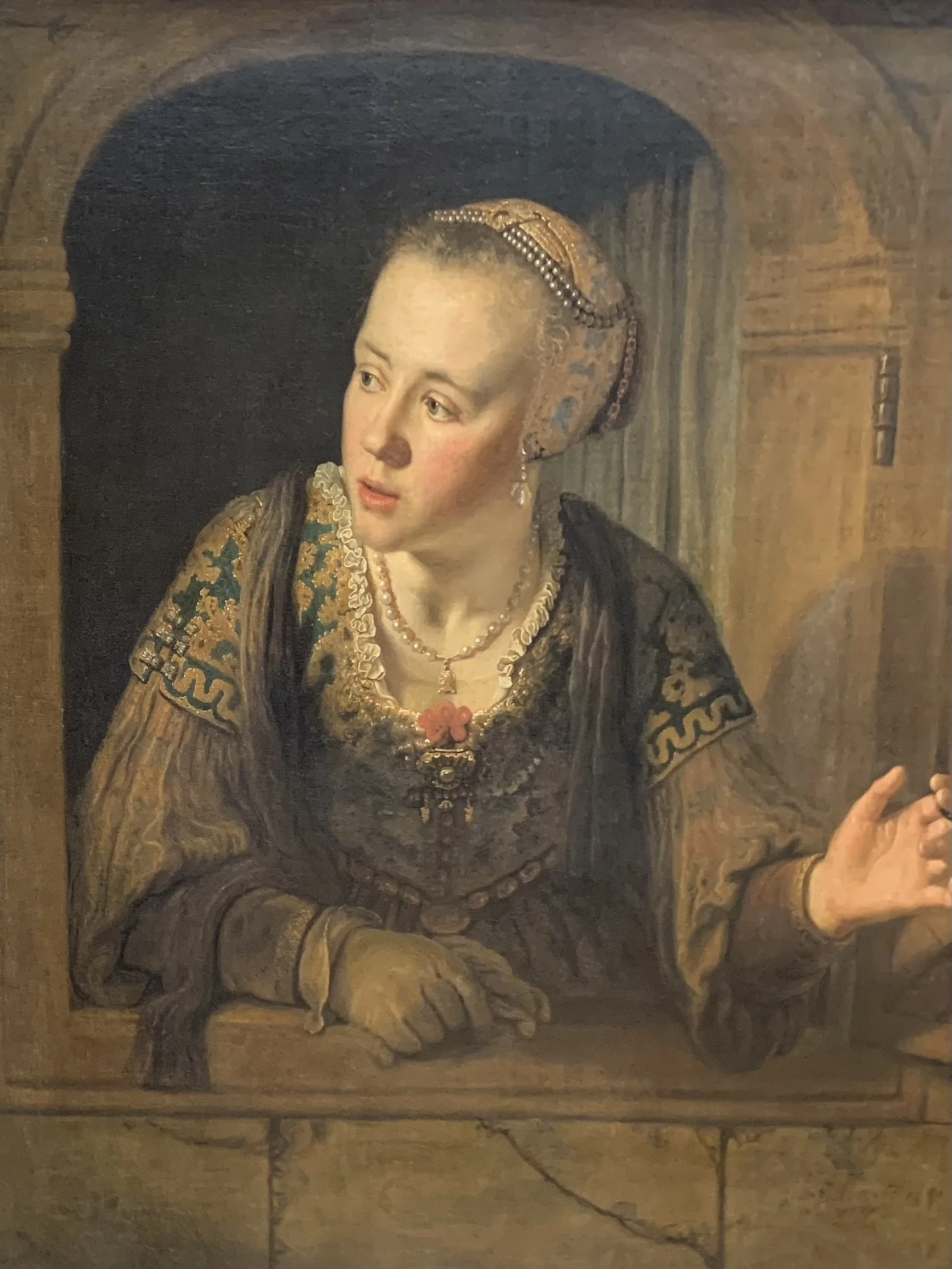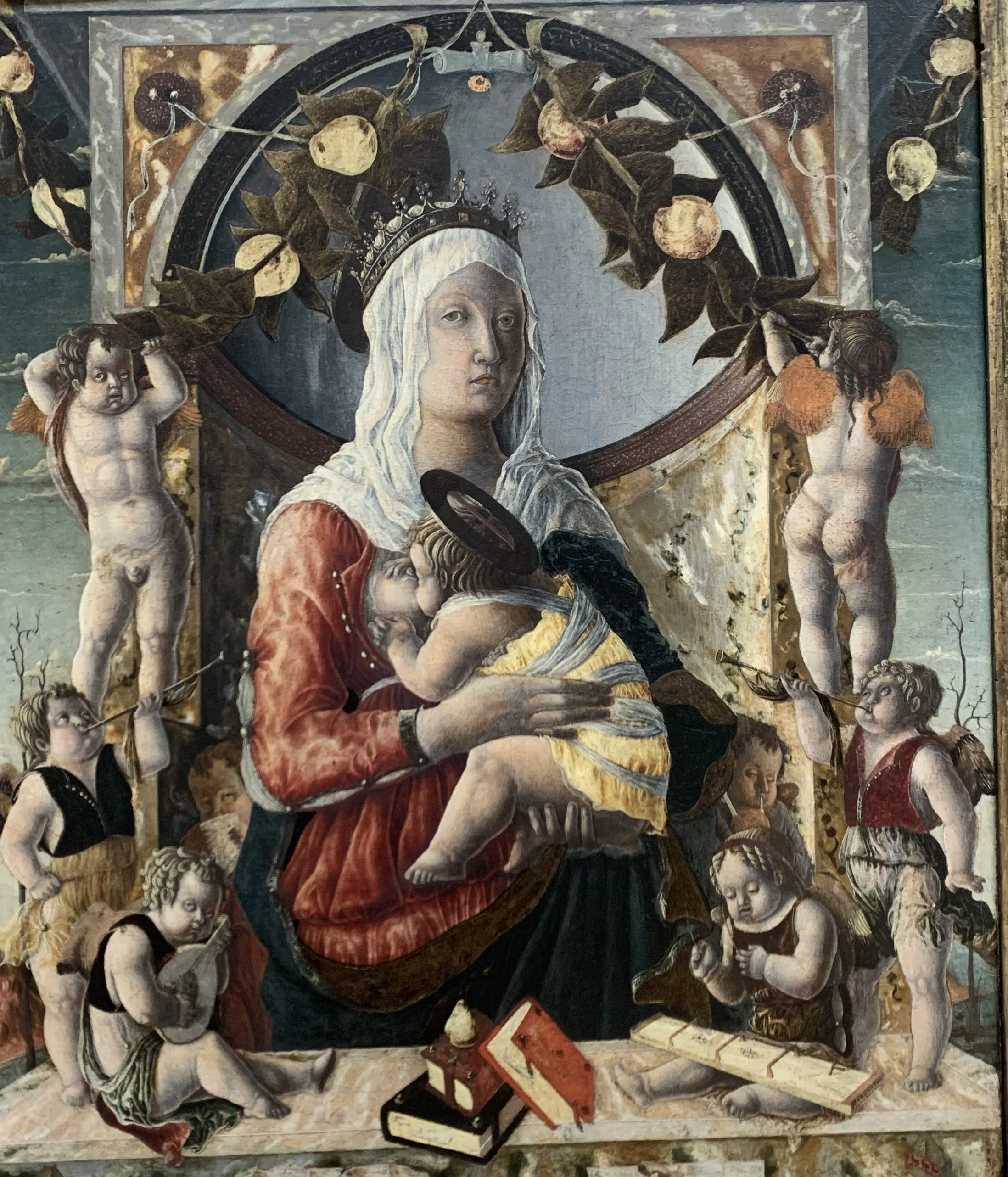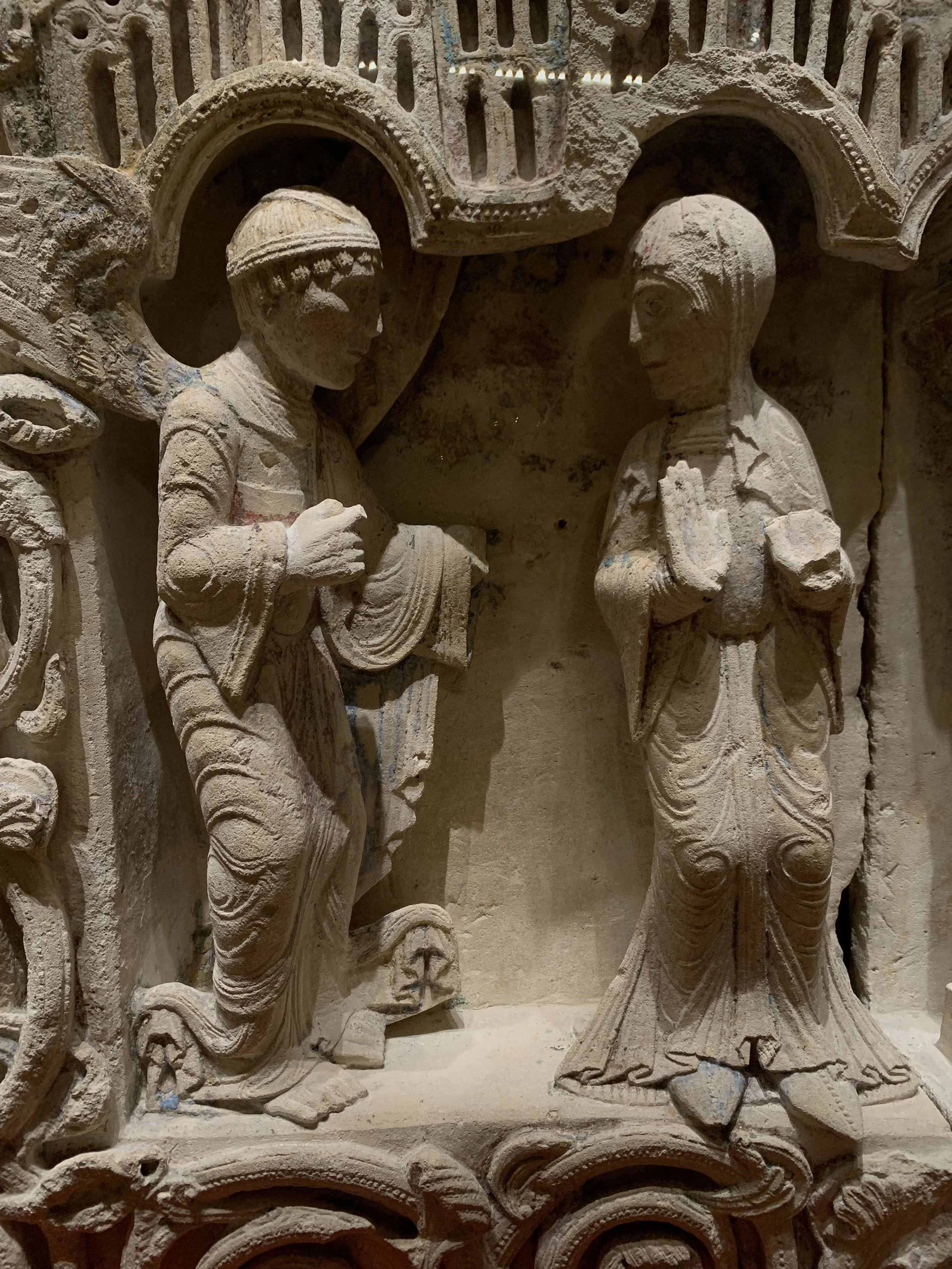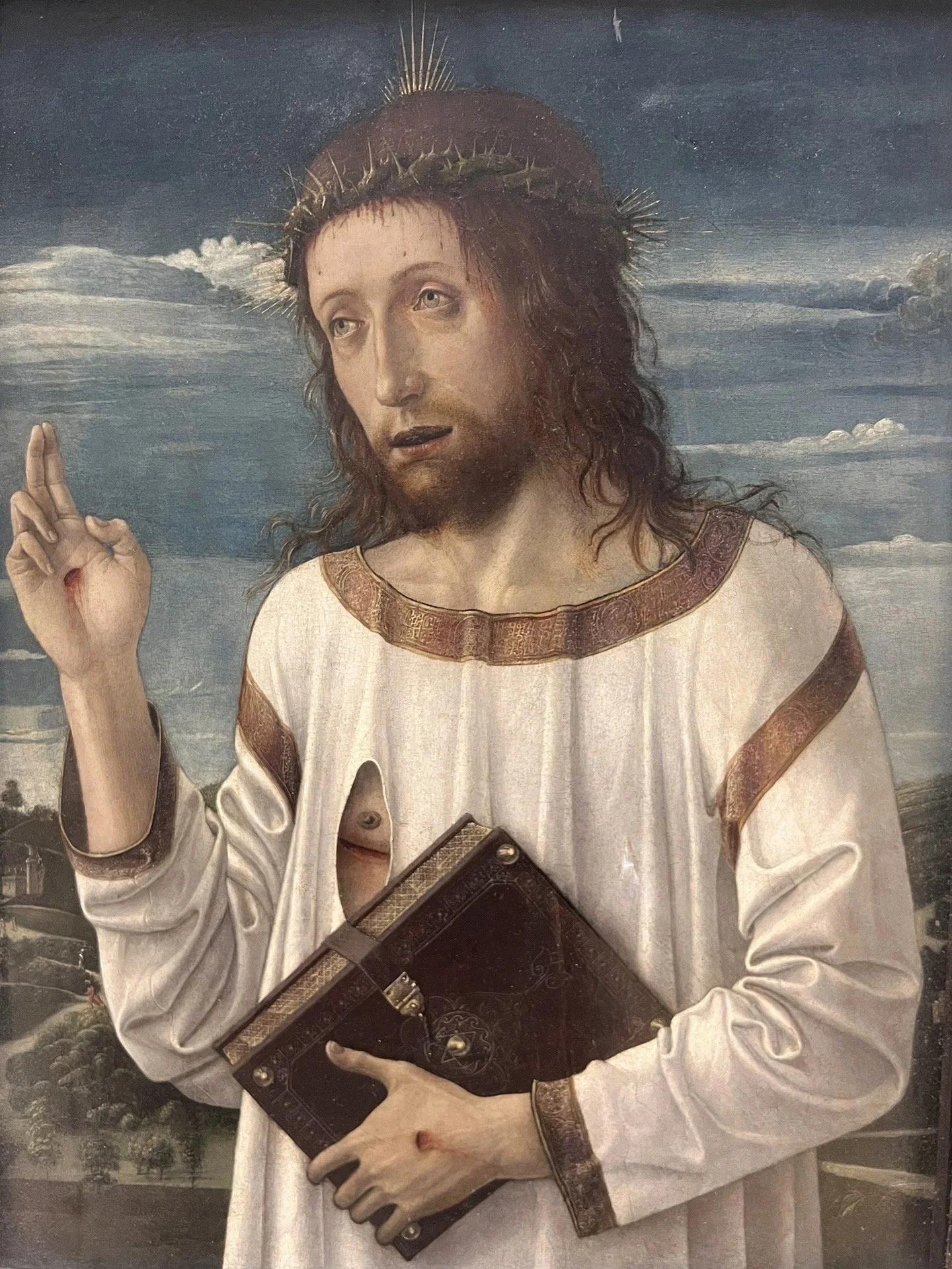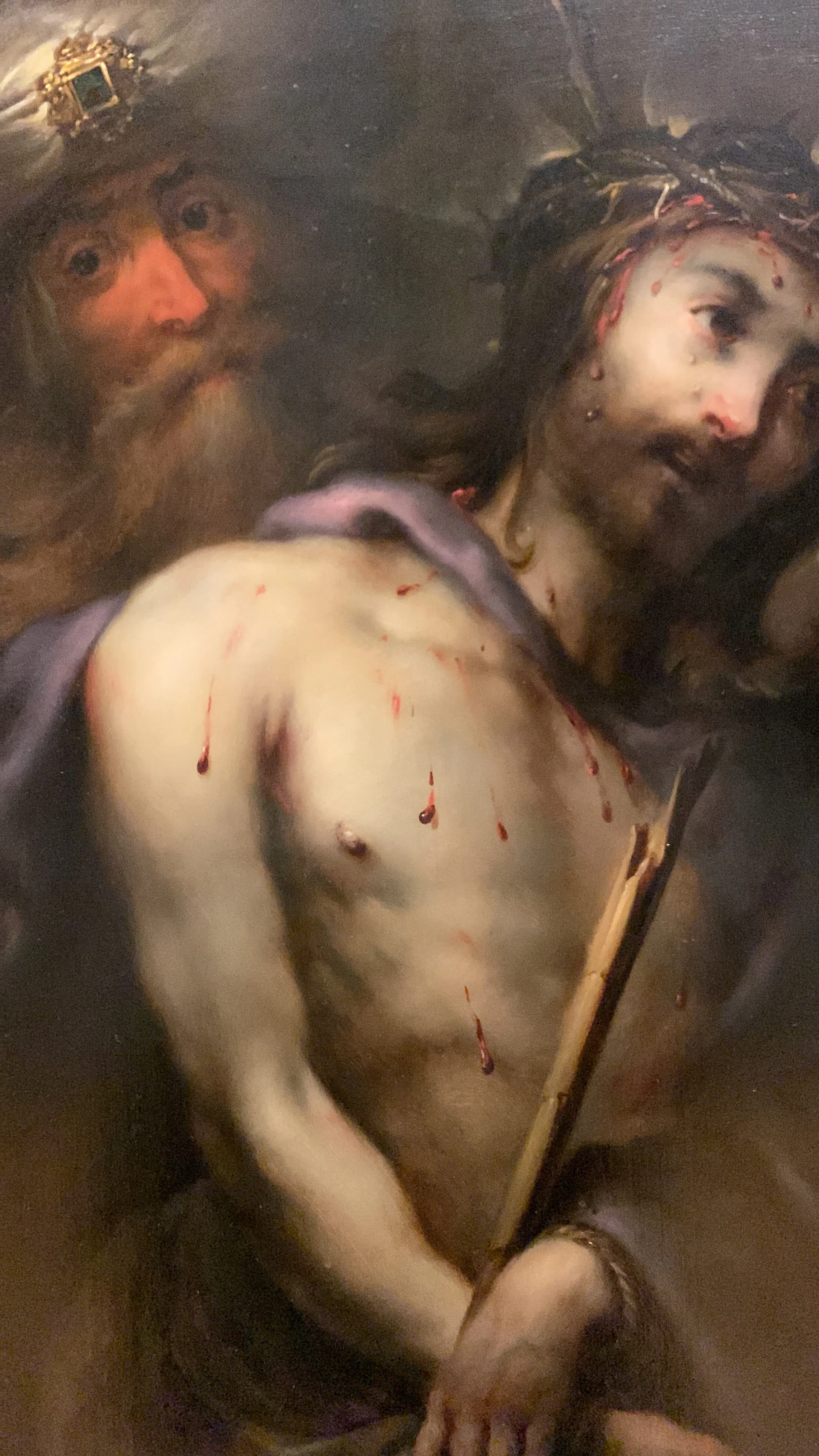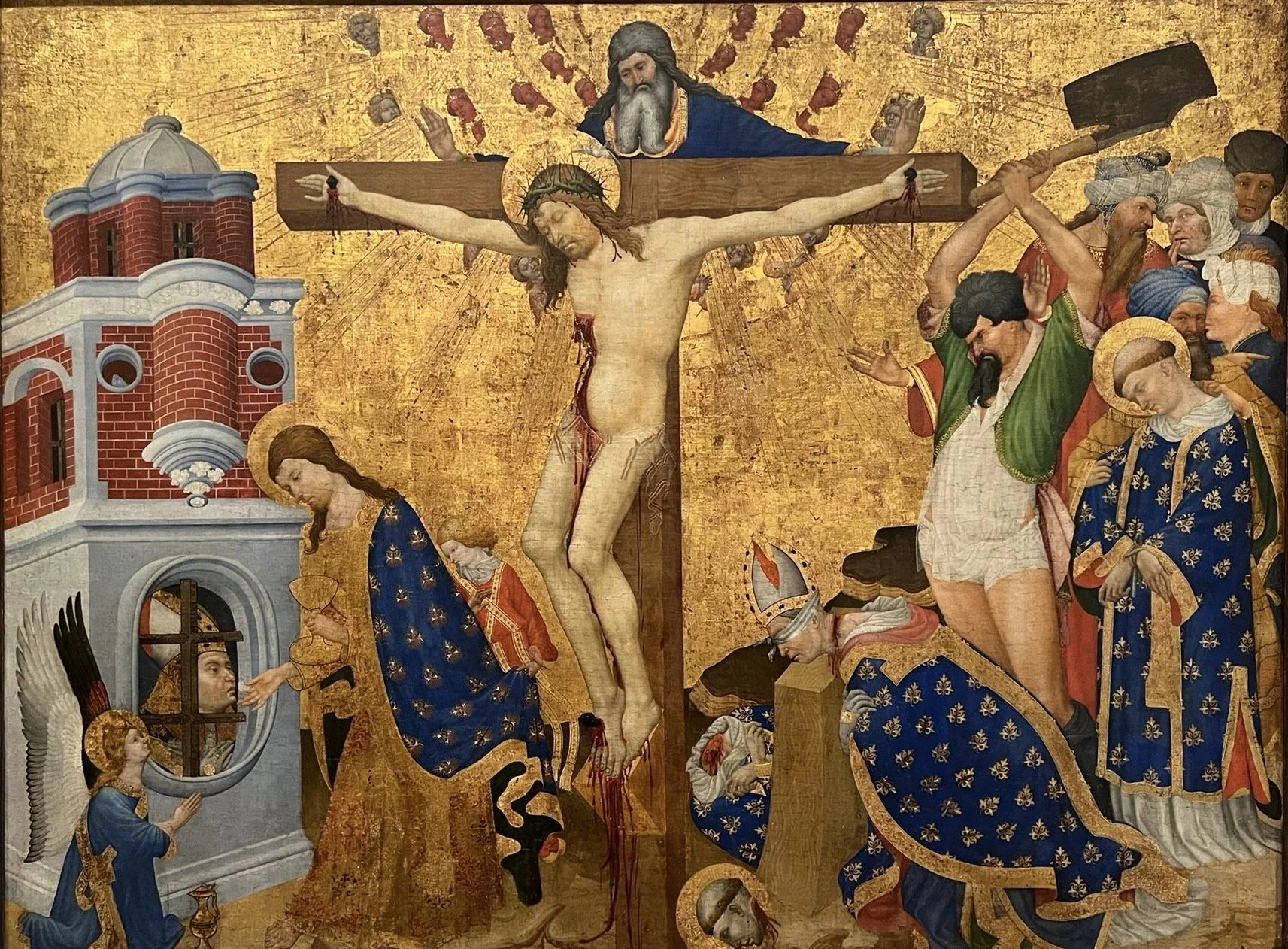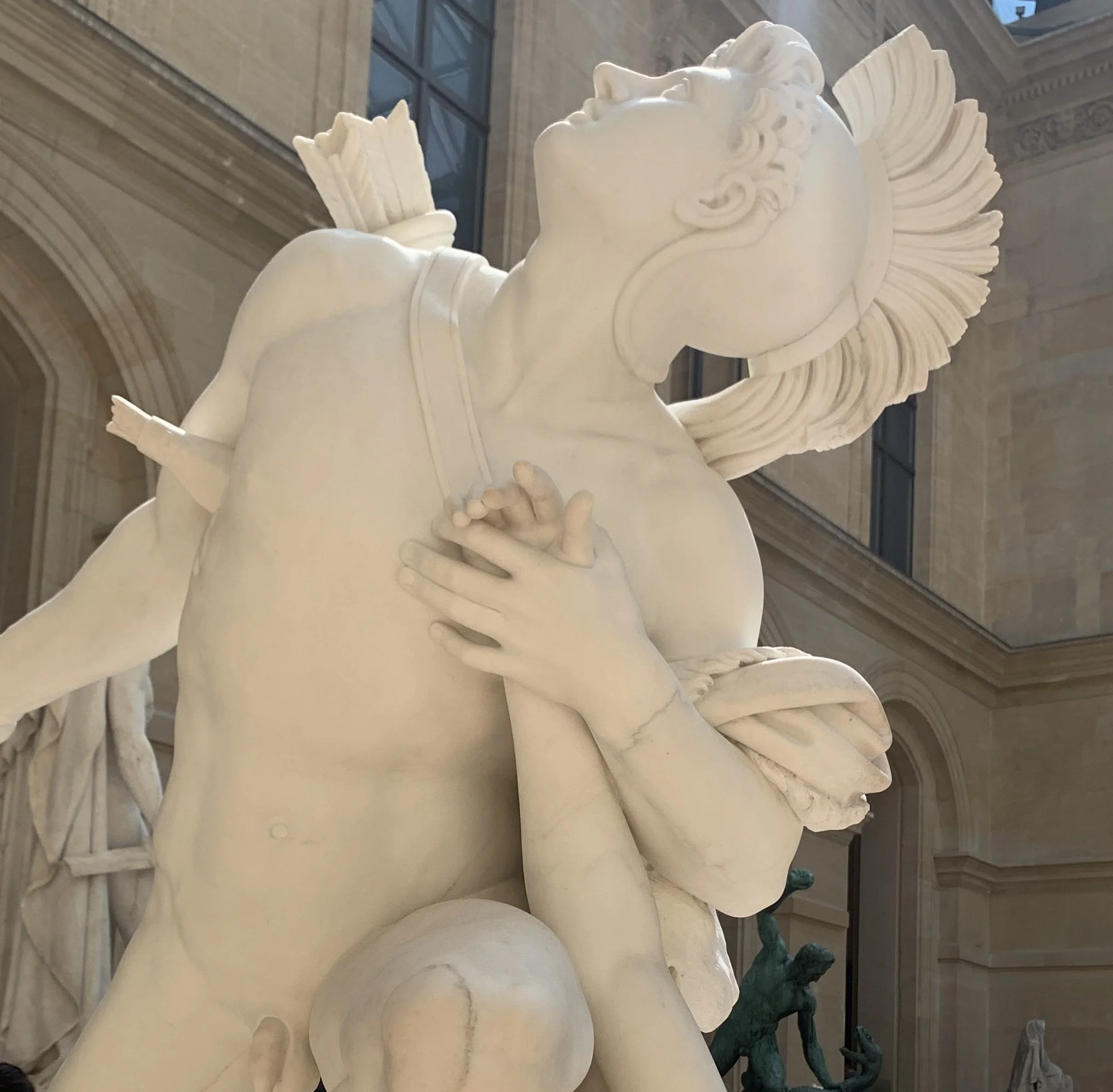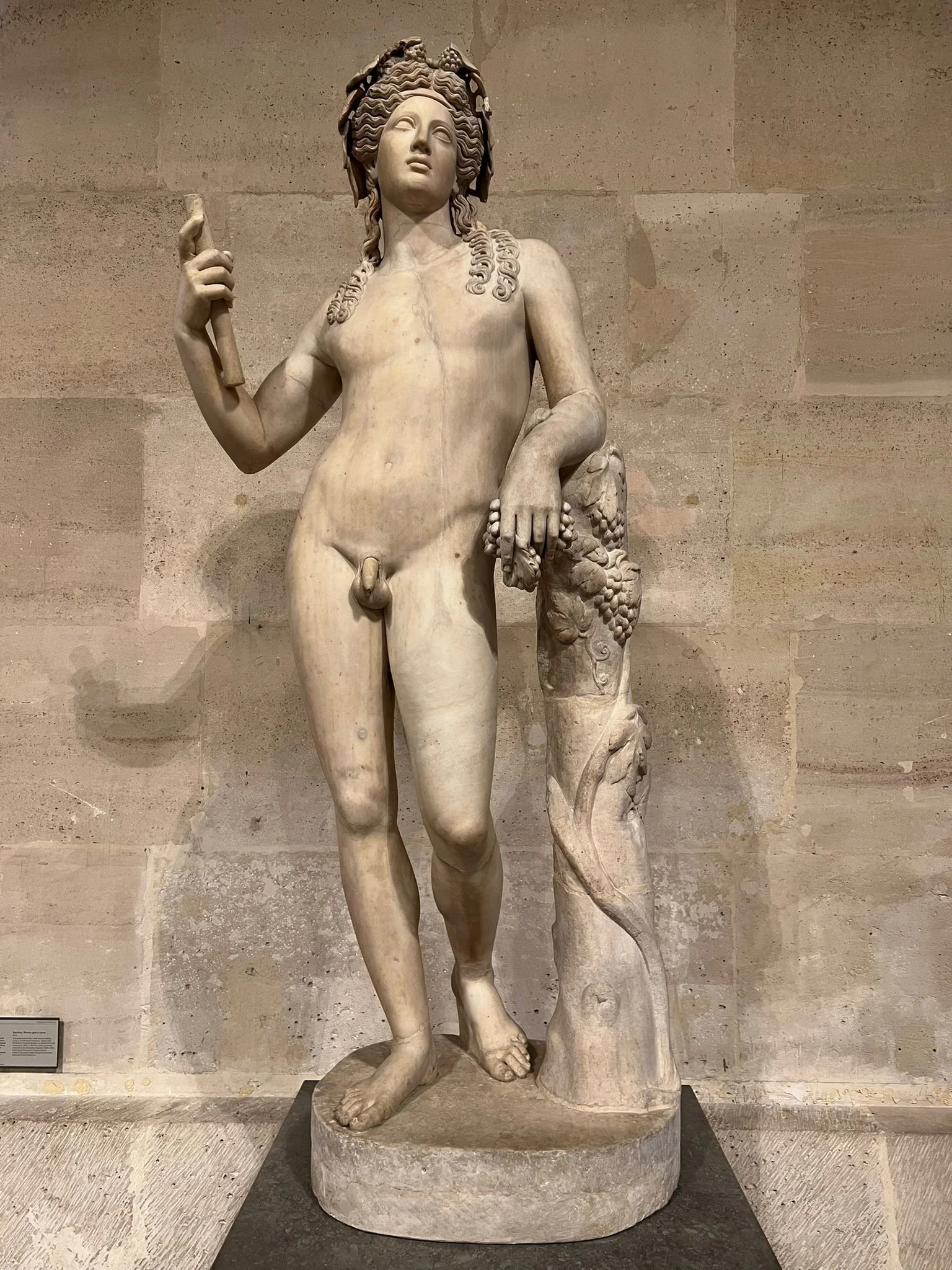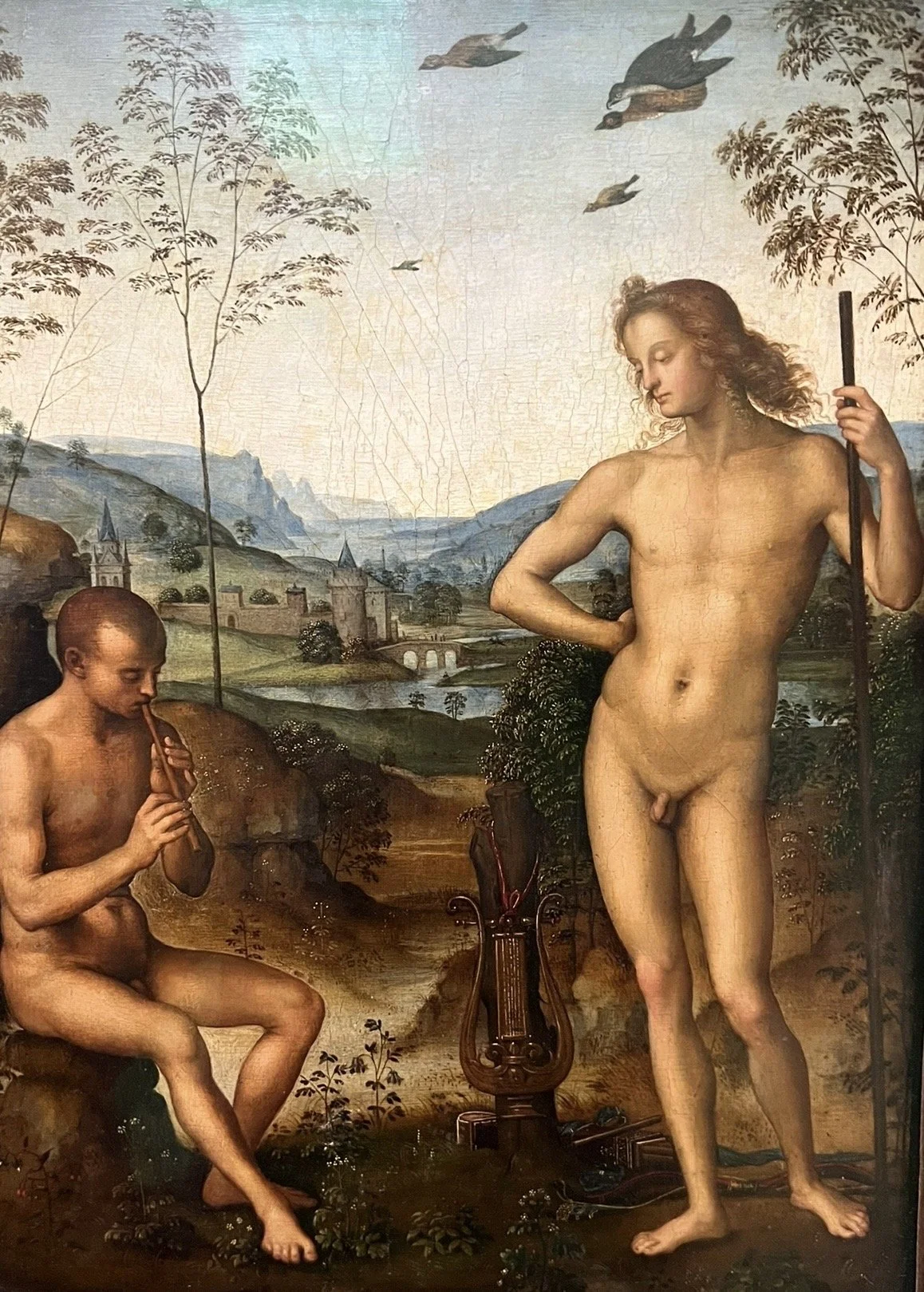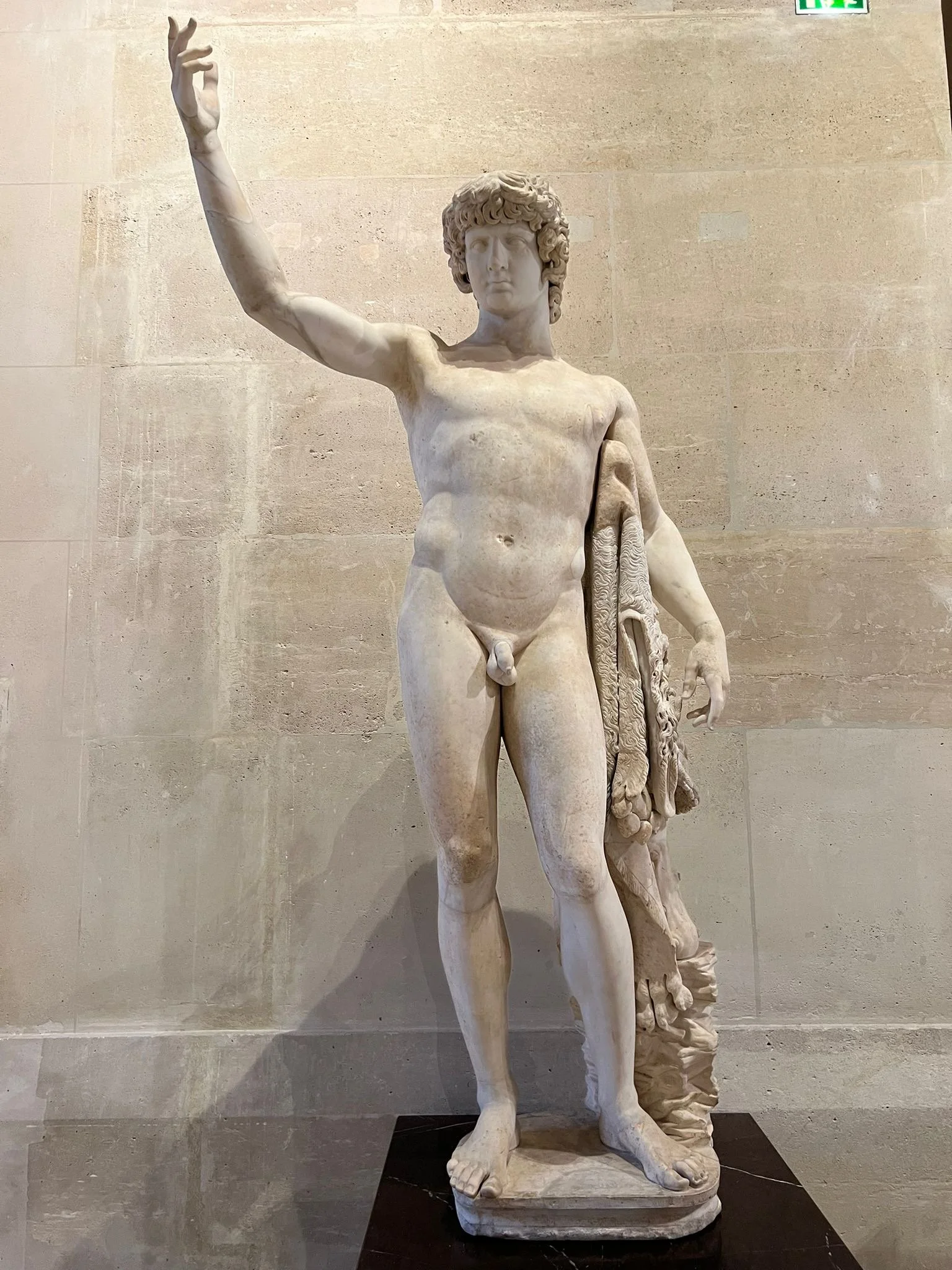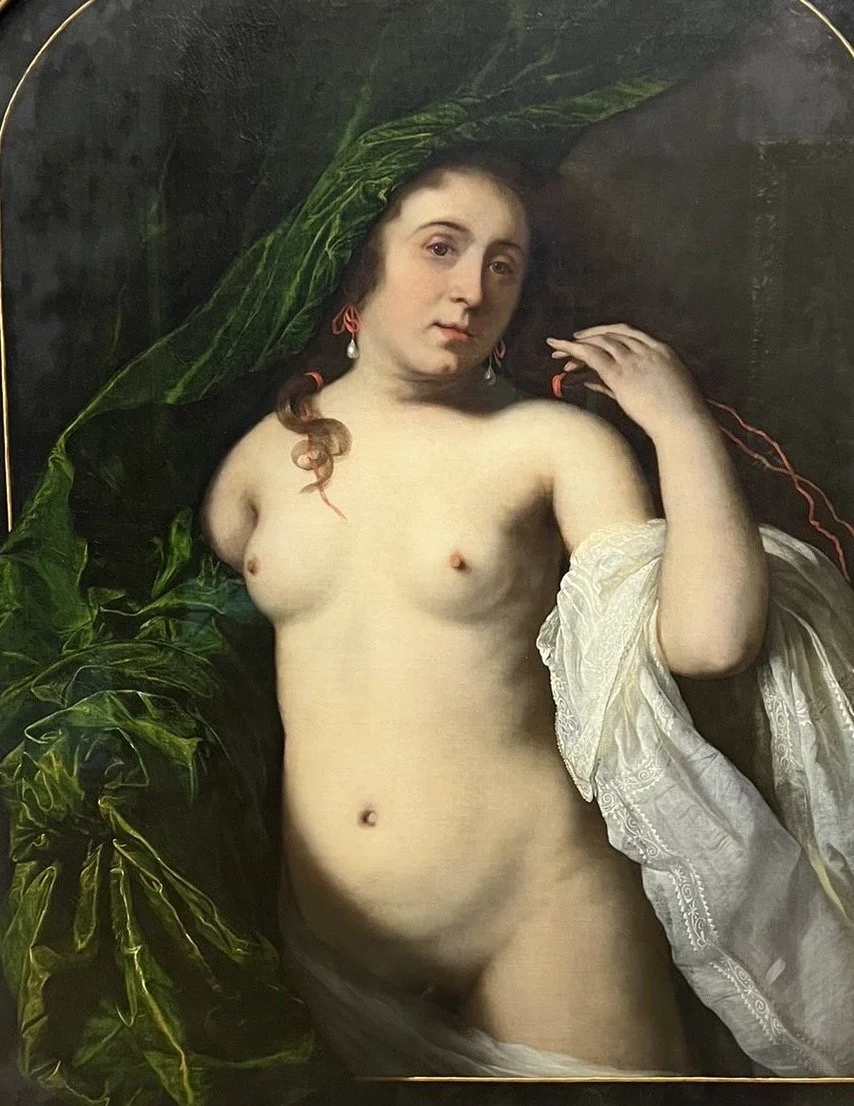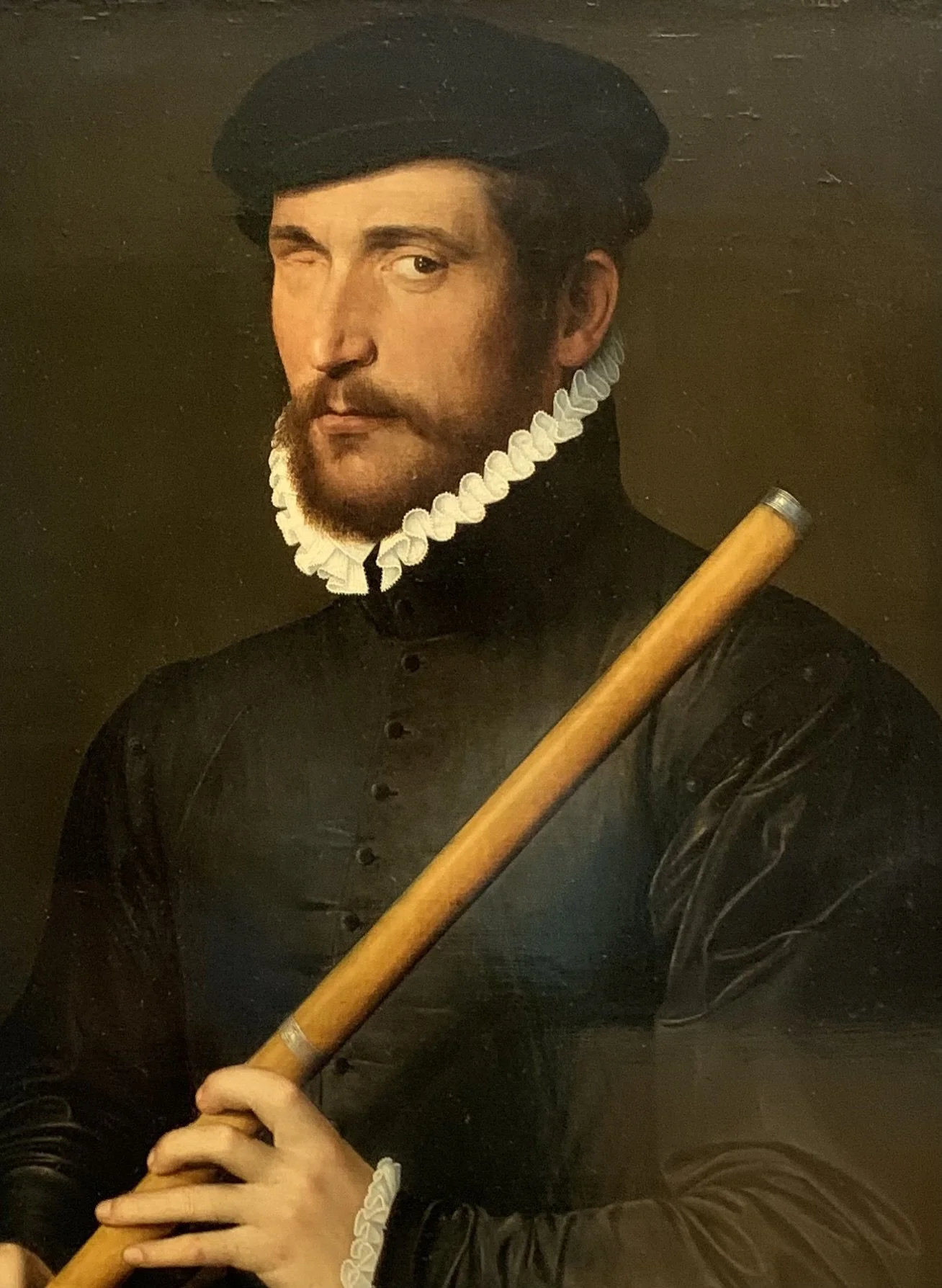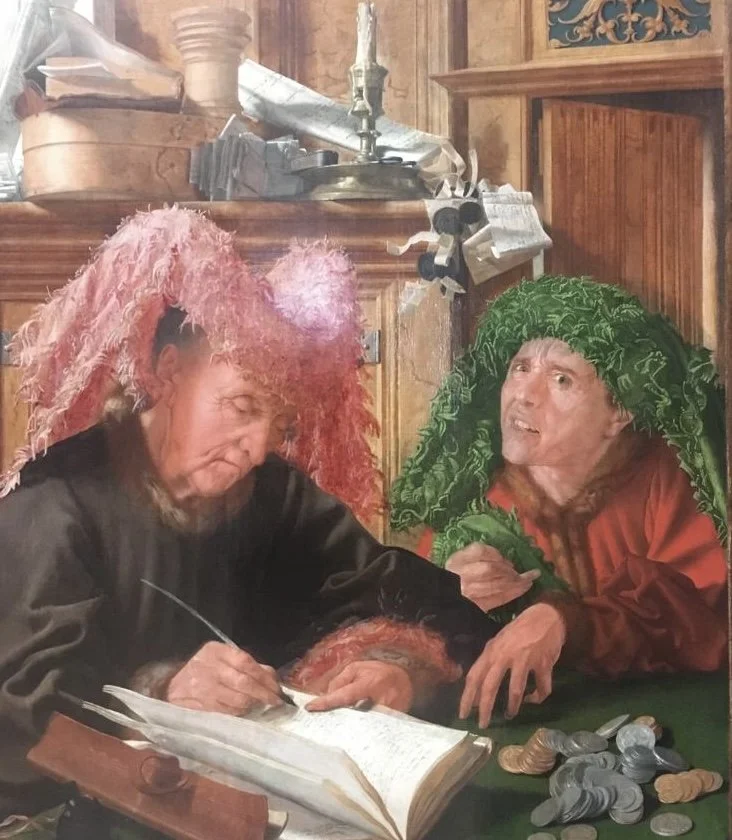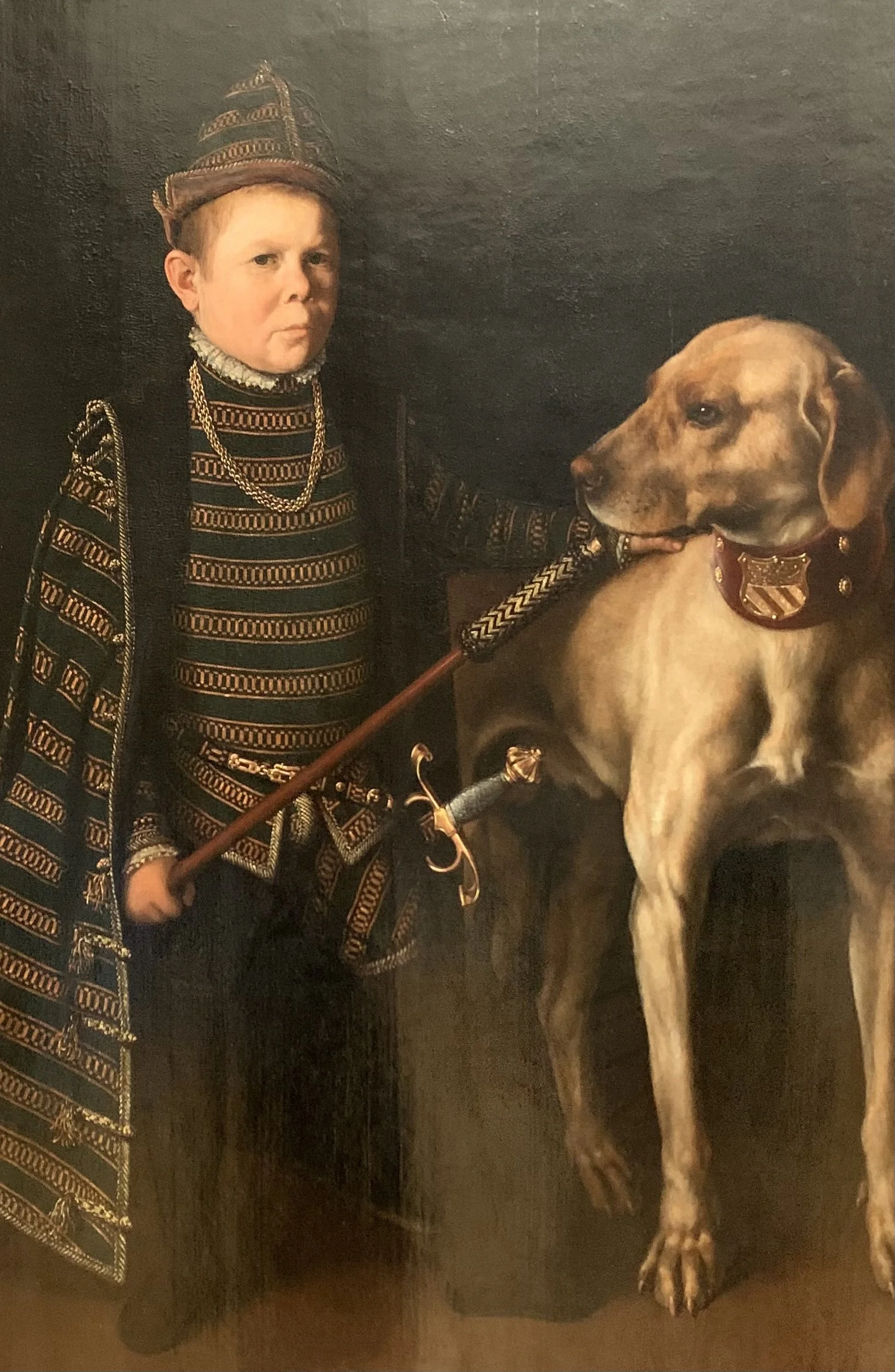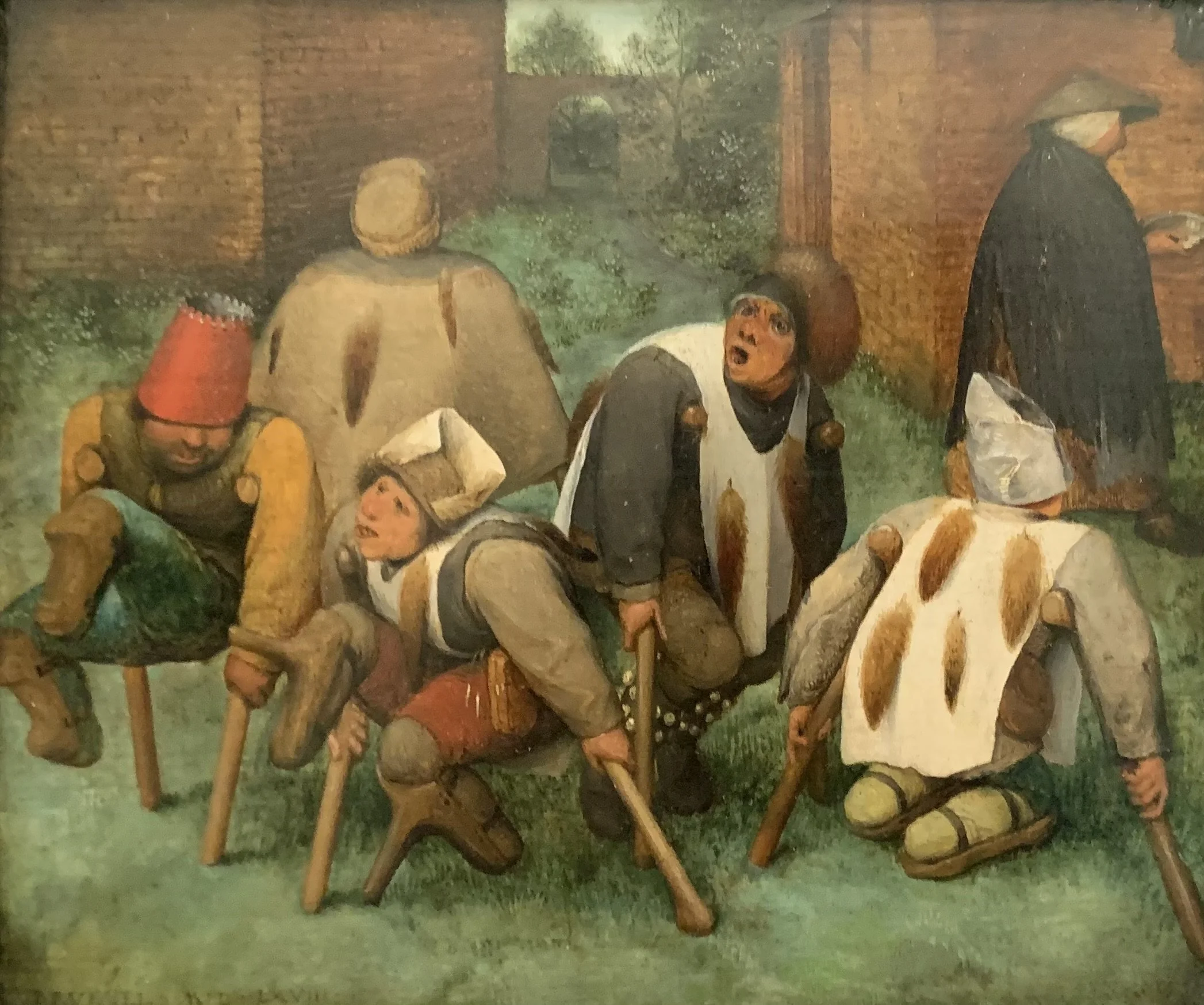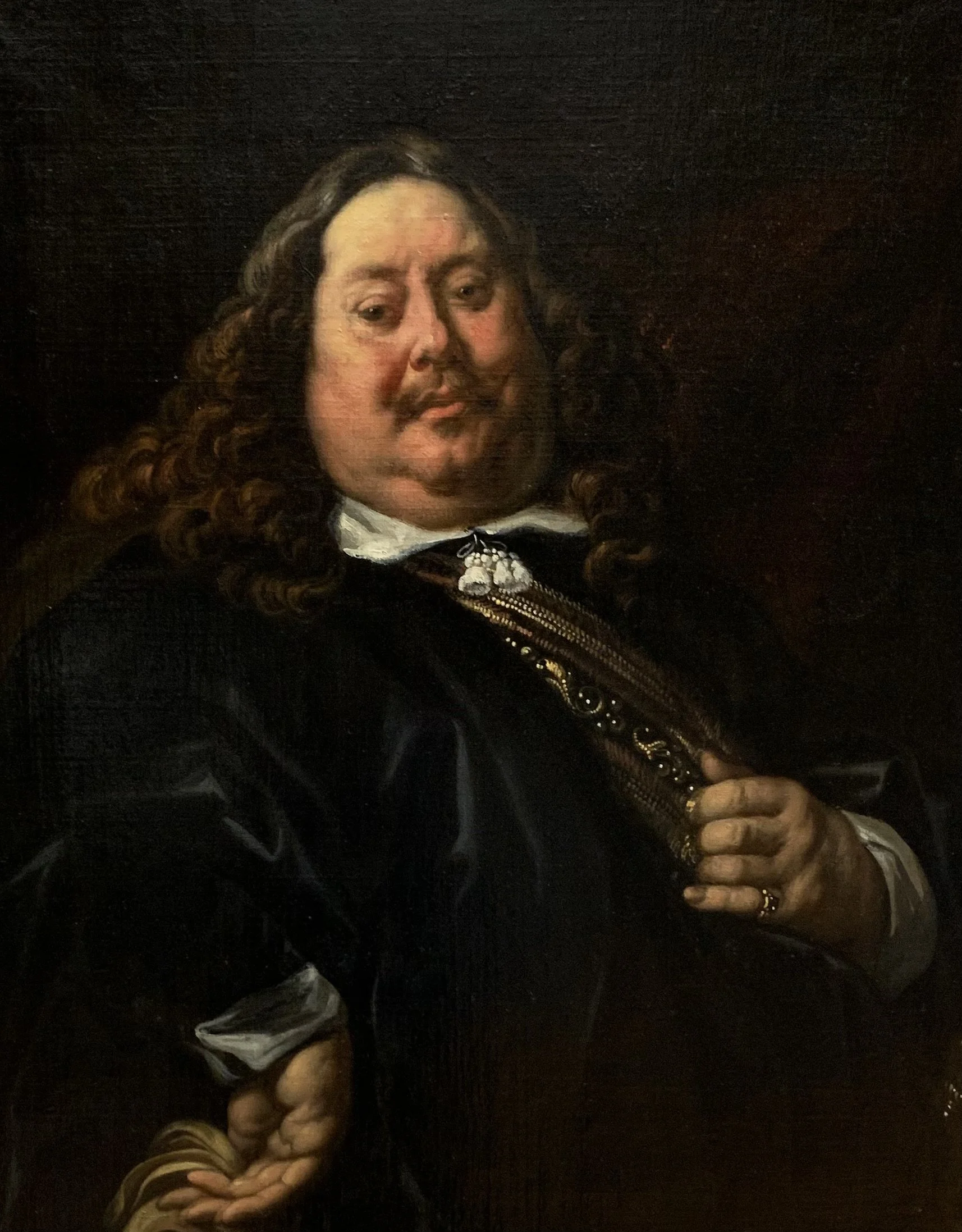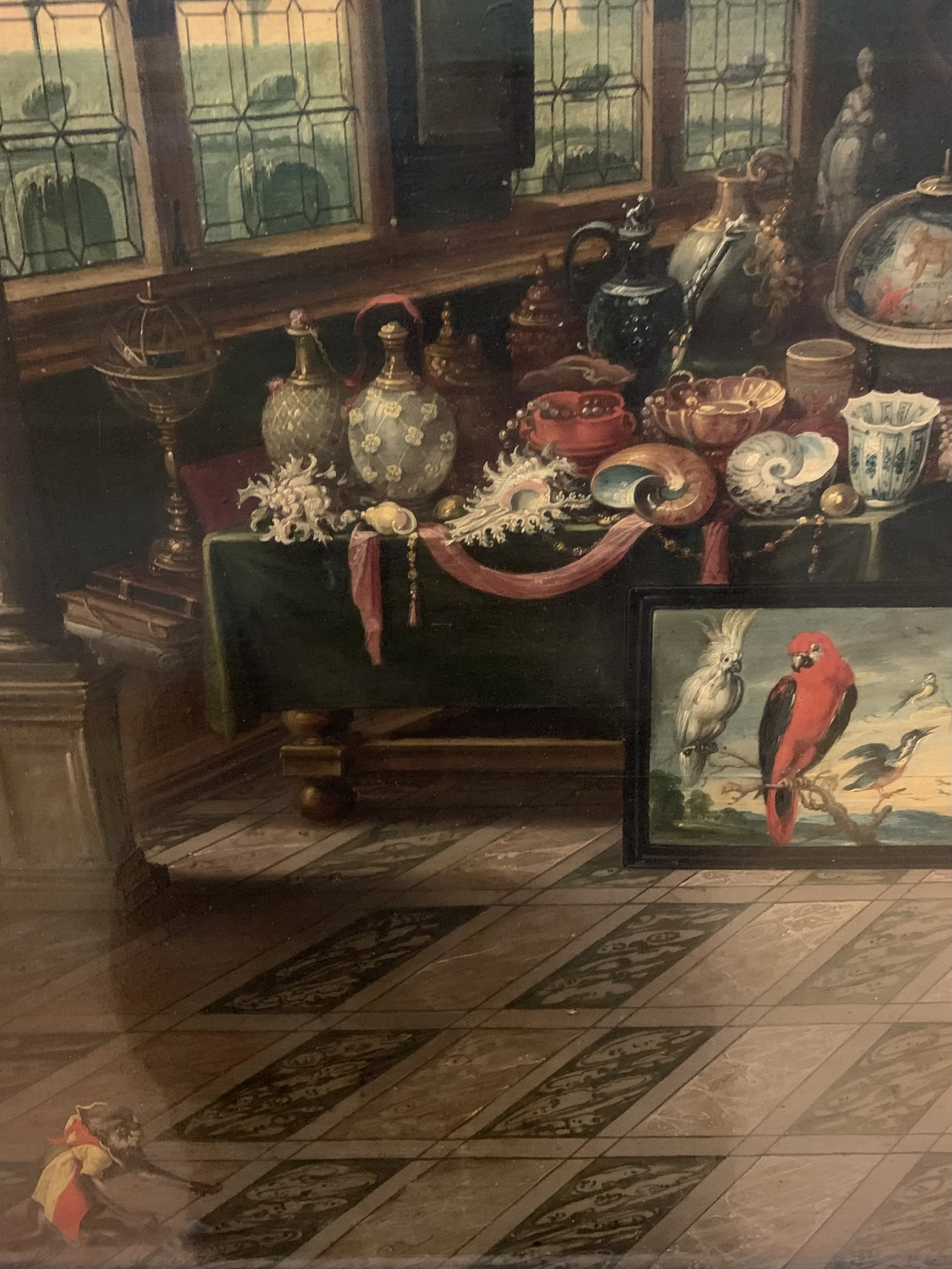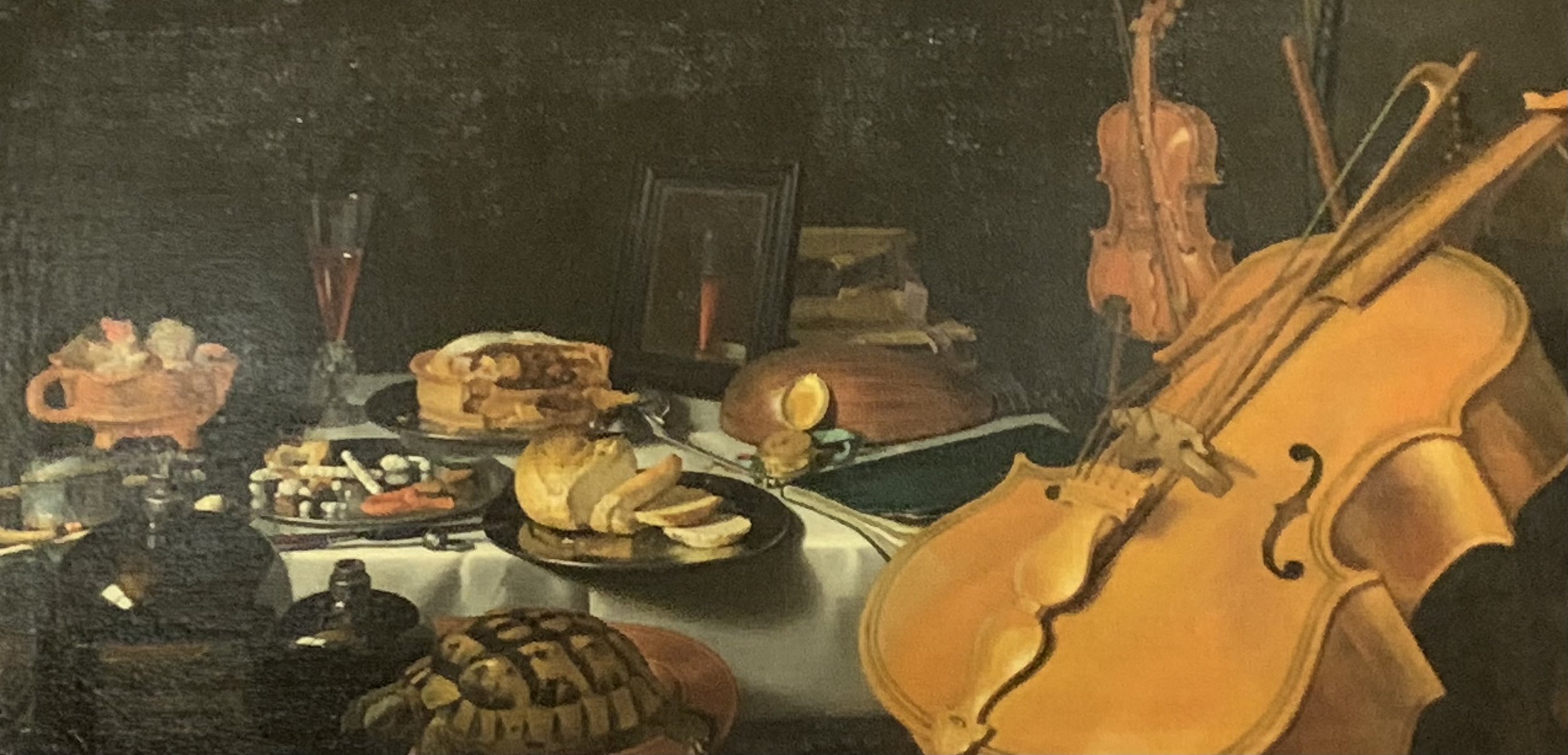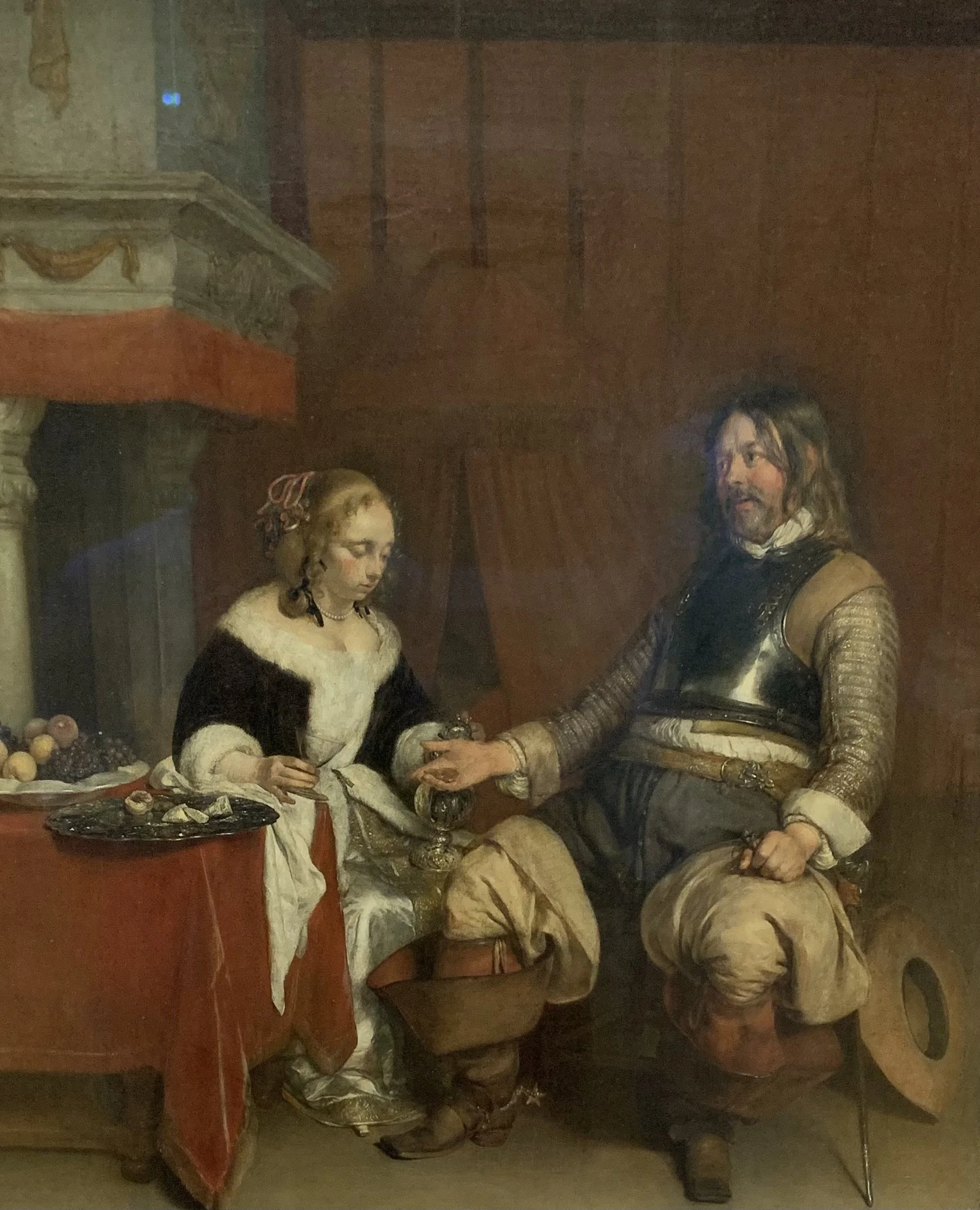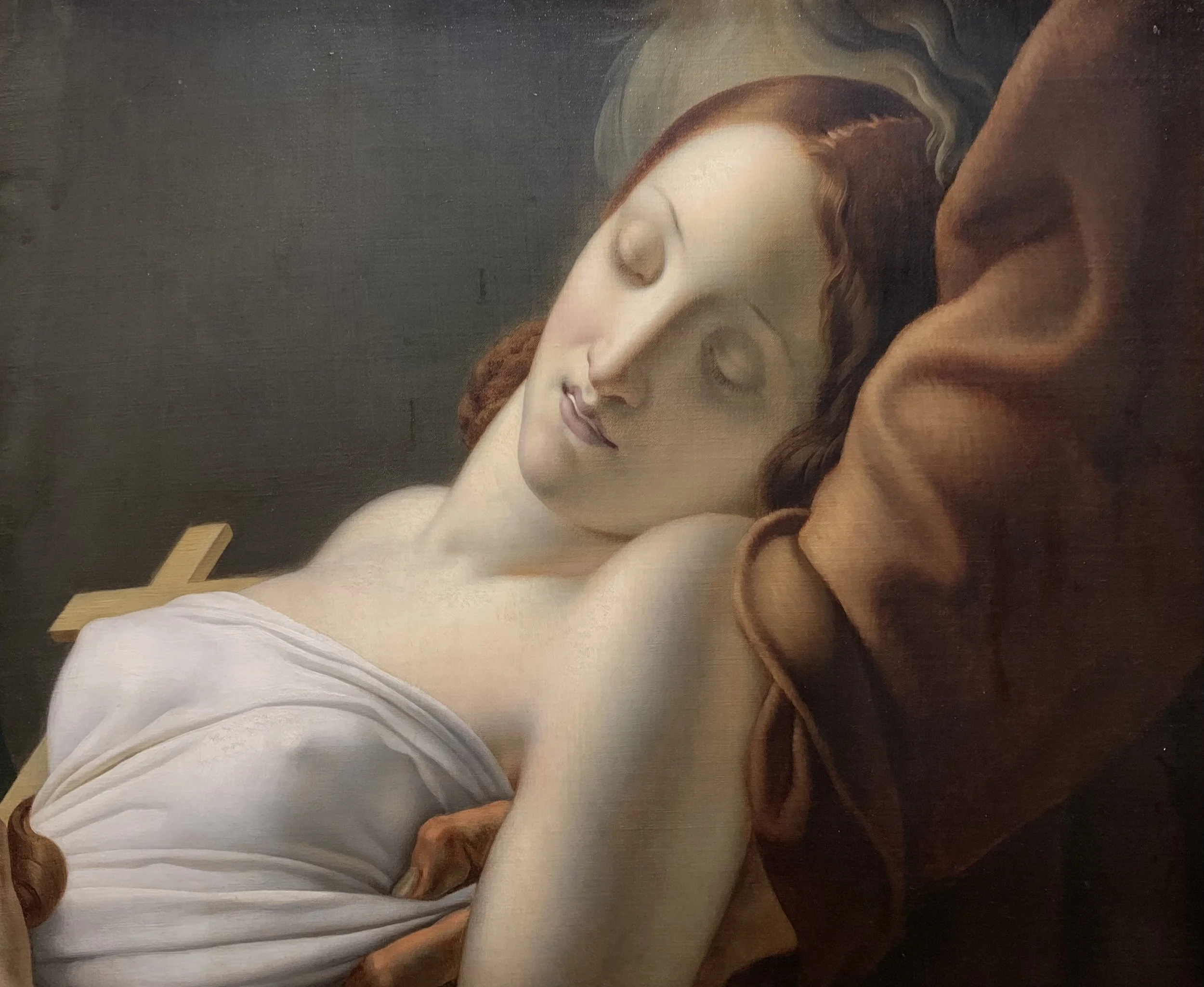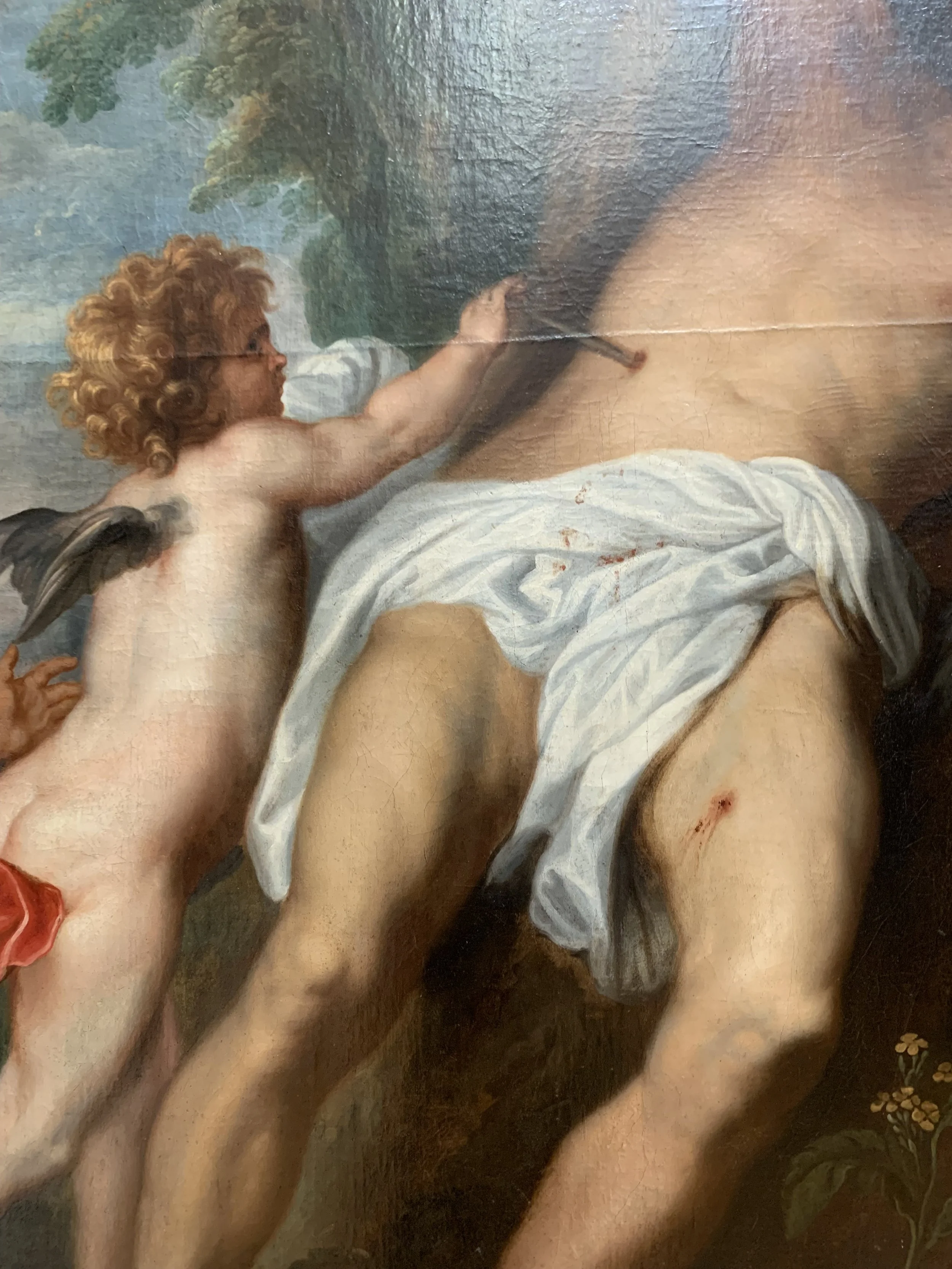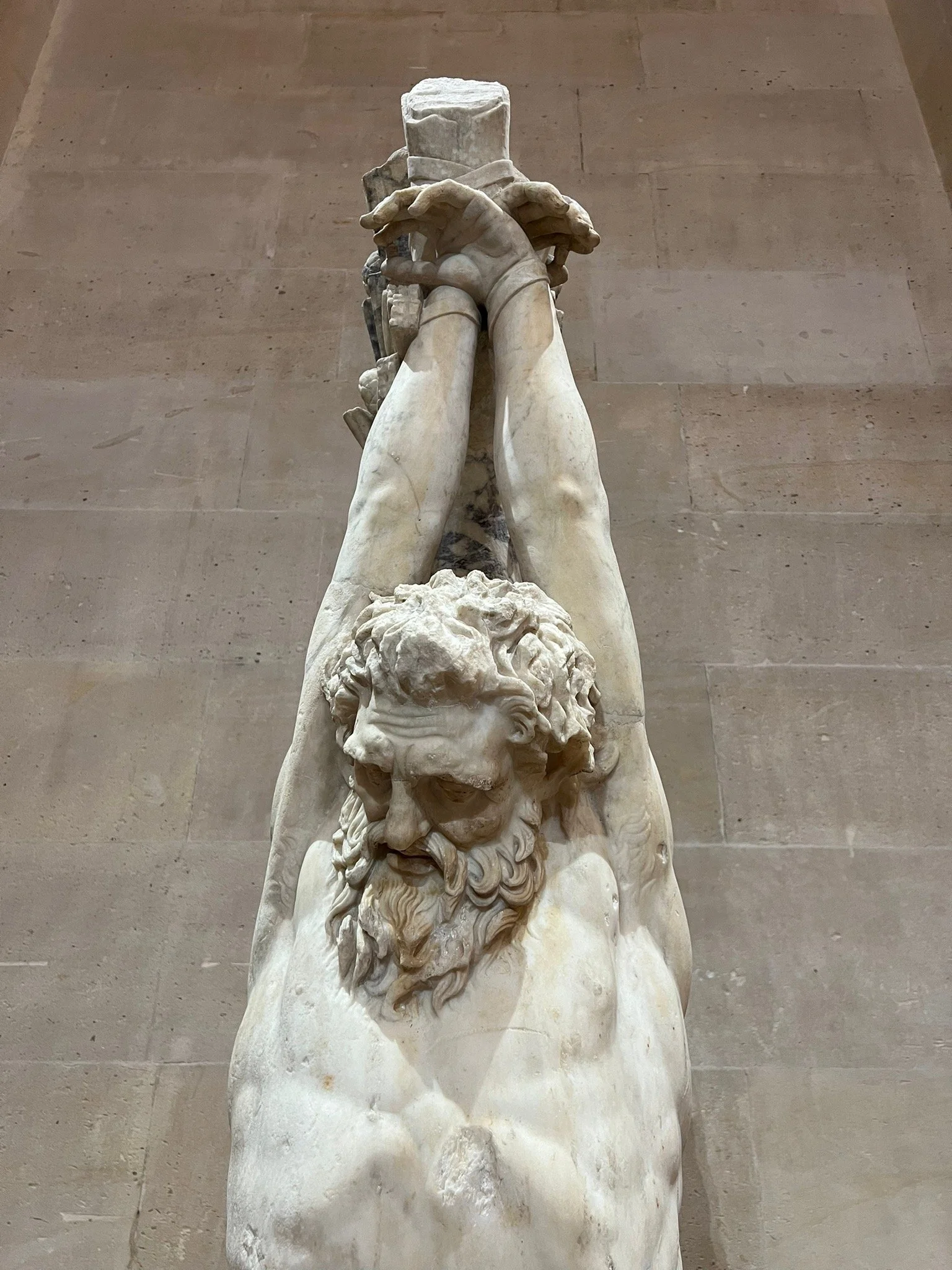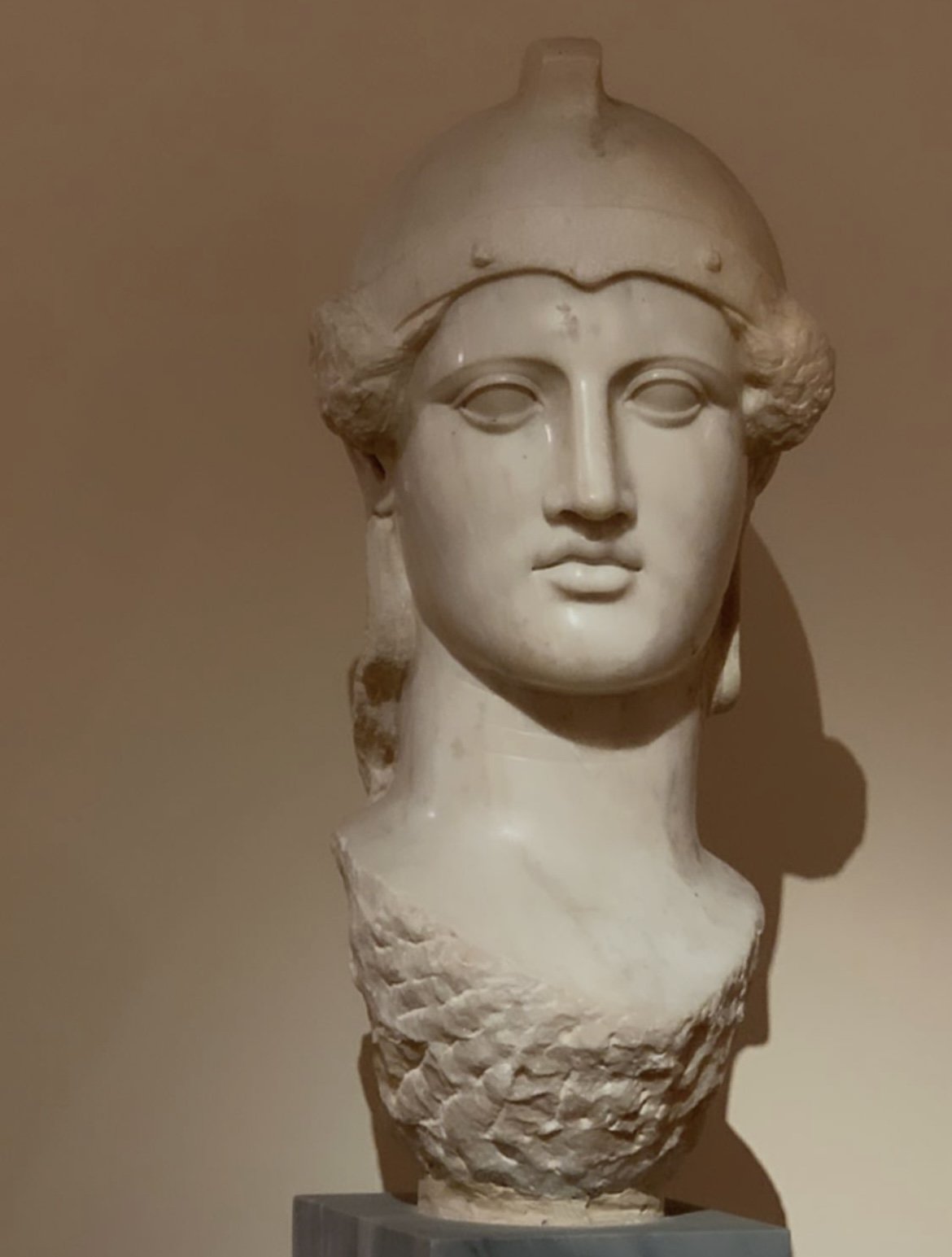
Ten Lectures Delving into the Historical Understanding of the Human Body
1.History of Eros
The body is the vessel of social stratification and culture.
Its representation depends on societal structures.
Representations bring symbolism in, displaying conceptual bodies.
We will analyse the context leading to different body-types.
2.Sacred and Holy
Sacred and holy are two different facets of the Divine.
Whereas the sacred is created, the holy is inherent.
This differences bring differences on the way the subject is depicted.
From sacrifice to worshipping, we will analyse their implications.
3.Pagan and Christian Love
Paganism and Christianity propulse different ideology.
As ideology influences Eros, the two systems see the body in a different way.
Practice of cult and practice of sexuality are striclty related.
We will compare and analyse the evolution and similarities.
4.Orthodox, Catholic and Protestant Bodies
The schism lead to two very different conceptions of the human body.
Each conception has a different art, and iconoclasty is a form of negative art.
The two religions have opposite views over the human and divine body.
We will compare the two approaches and their influences on art and fashion.
5.Sacred Bodily Fluids
Philosophy and art have been giving a conceptual meaning to body fluids.
Body fluids are supposed to influence the mind, to resume the person.
Some of them became venerated relics, still worshipped in holy contexts.
We will address their characteristics and influence on physiology and physiology.
6.Homosexuality in Art
Homoeroticism is strictly connected to the wide cultural context.
Homosexual loves have been promoted or discouraged in different times.
There is not a single definition of homosexuality, nor one depiction.
We will study the evolution same sex love-making through the eras.
7.Perfect Bodies
Esthetically perfect bodies have been conceived as metaphors for the divine.
Perfect images have the purpose to morally elevate the commoners.
Every system has its own conception of perfection, therefore a different art.
We will compare different contexts and their own idea of perfection.
8.Deformed Bodies
Physical handicaps have been treated in a different way through the eras.
Deformity in art is often a metaphor for moral concepts and critiques.
Deformity can also counterbalance exaggerate powers.
We will observe the contexts and ways deformity has been represented.
9.Revolution and Capitalism
New means of productions borough to new political ideas and structures.
The human body and mind have been given new roles and functions.
A new role of the body brought to a new conception, and so representation.
We will point out the economical and political evolution behind the art.
10.BDSM
Violence is inherent in every religious and social system.
Art, as a medium, manifests this inner violence through images.
As violence evolves with the techniques and ideas, so does its representation.
We will analyse the veneration of domination and submission via its art.
Pricing Options
Refundable with 24-hour notice prior to start
In Visio
€200/class
A 1.5 Hour Interactive Session with Q&A Opportunity
In-person at the Louvre
€500/tour
Exclusive 2.5-Hour Tour for Up to 6 Guests: Tickets Included
